As the SIJORI growth triangle (Singapore-Johor-Riau Islands) cements its position as Southeast Asia's next powerhouse for digital infrastructure, the SIJORI Cloud & Datacenter Convention 2025 emerges as the defining platform for shaping the region's sustainable digital future.
This strategic tri-nation zone, combining Singapore's world-class connectivity, Johor's cost-advantaged scalability, and Batam's emerging ecosystem, is witnessing unprecedented growth in cloud adoption and data center investments - driven by booming demand for AI-ready infrastructure, cross-border data flows, and sustainable digital solutions across ASEAN.
The 2025 convention will convene industry leaders, policymakers and innovators to address critical opportunities in green data center design for tropical climates, AI-driven operational efficiency, and the unique regulatory landscape of this cross-border digital economy hub. With SIJORI projected to become one of Asia's fastest-growing digital infrastructure markets, this gathering will showcase groundbreaking approaches to liquid cooling, renewable energy integration, and smart workload distribution while fostering crucial partnerships between hyperscalers, enterprises and local stakeholders.
Attendees will gain exclusive insights into how this dynamic region is balancing rapid technological advancement with sustainability goals, setting new benchmarks for the Asia-Pacific cloud and data center industry at this pivotal moment in its development.




An industry analyst perspective on the shift from hyperscale cloud to AI infrastructure. We look more closely at the trends leading up to the first AI infrastructure wave as well as the implications that DeepSeek had on our sector, how hyperscalers are adapting to this new paradigm shift in terms of strategy and capital allocation, data centre capacity shifts across the APAC region and identifying where the potential growth markets are.

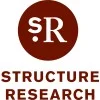
As the demands of artificial intelligence intensify, so does the need for specialized infrastructure. The SIJORI Growth Triangle—comprising Singapore, Johor, and Batam—presents a unique opportunity to develop a seamless, cross-border AI ecosystem.
This session explores the strategic advantage of distributing AI workloads across the region:
• High-performance, cost-efficient AI training hosted in Johor and Batam, where power, space, and land are more abundant.
• Low-latency, inference-ready infrastructure anchored in Singapore, enabling rapid deployment and real-time applications.
• A unified economic zone poised to deliver a coordinated, scalable architecture tailored for the future of AI.
Can SIJORI become the blueprint for regional AI infrastructure? This discussion will examine the technical, regulatory, and economic factors that could turn this vision into a reality.


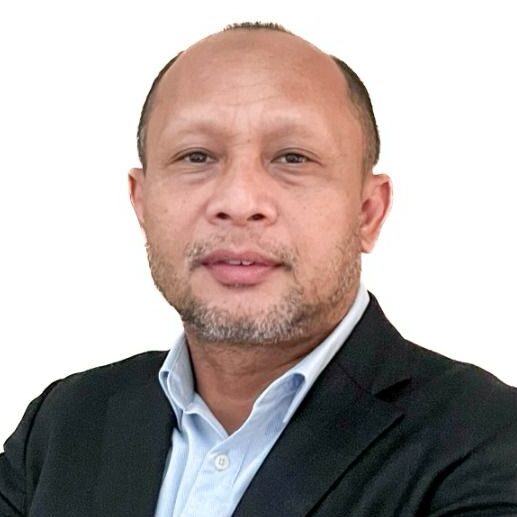
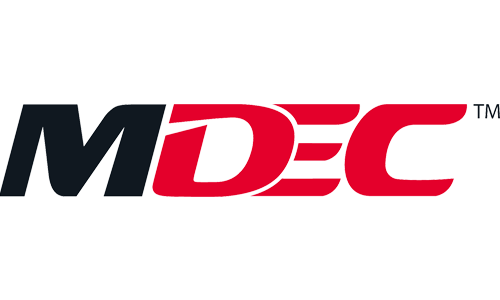
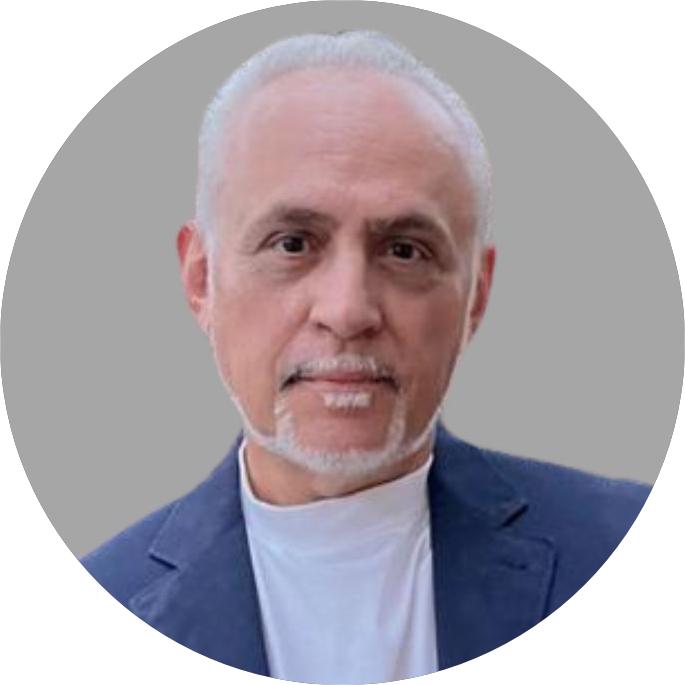




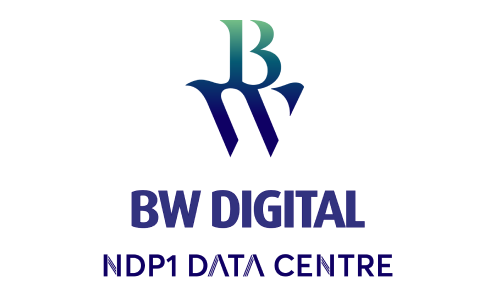
This session explores the strategic considerations, operational challenges, and design innovations involved in running a cohesive, cross-border data centre footprint in SIJORI. Key focus areas include:
• Regulatory and policy fragmentation — how operators navigate differing compliance, energy, and land-use frameworks
• Latency and network architecture — designing for ultra-low latency interconnects between sites across the strait
• Talent, power, and sustainability — optimizing resource allocation across borders
• Disaster recovery and BCP — how SIJORI enables regional redundancy and diversification
• Emerging roles of Batam and Johor as overflow hubs for Singapore’s capacity-constrained market
As the region looks to become more interconnected — and potentially interdependent — this session examines how data centre operators can leverage SIJORI to build not just facilities, but a resilient digital ecosystem that spans nations.
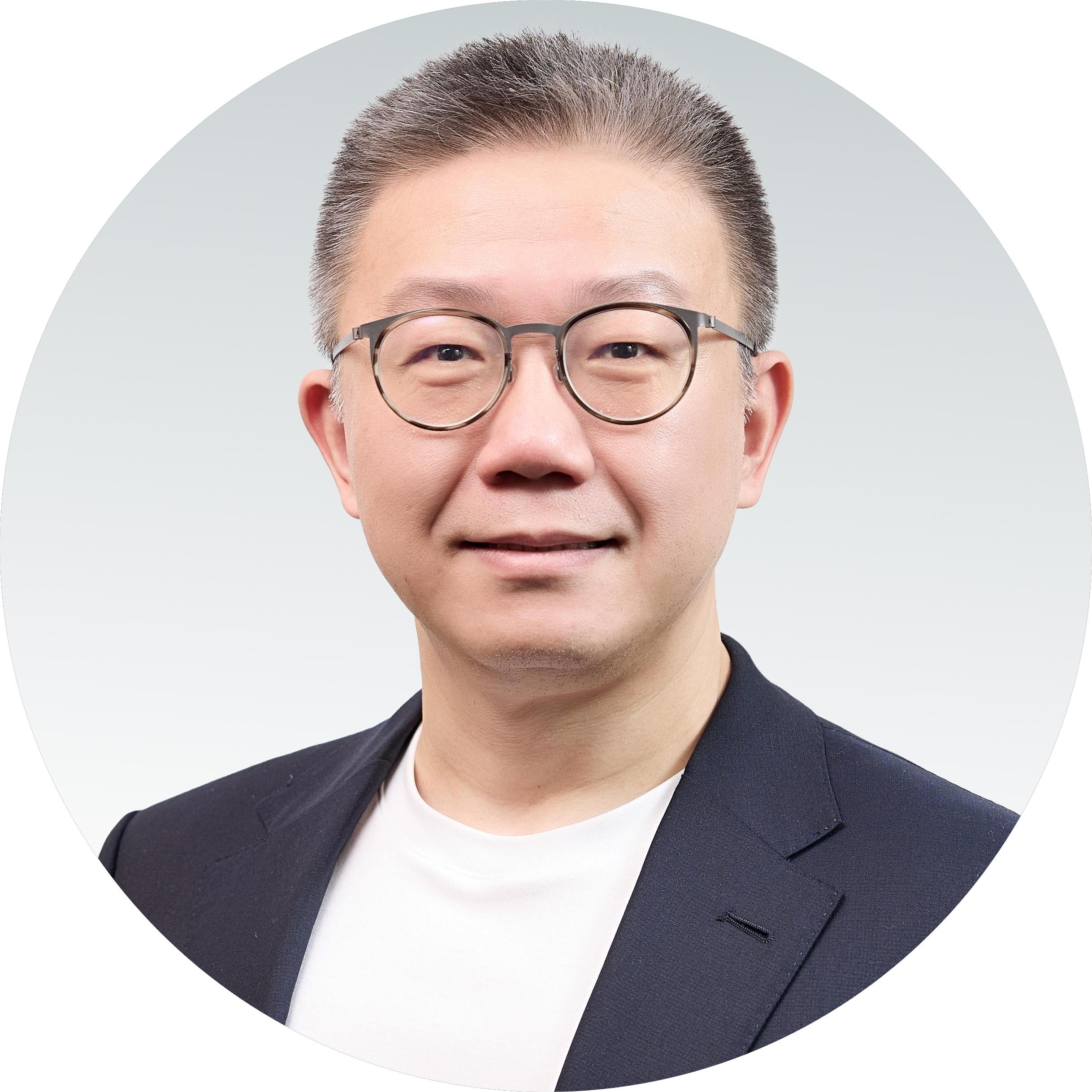

This presentation will showcase Brightray’s innovative full prefab building data center solution that accelerates deployment timelines while advancing sustainability goals in the rapidly growth region across SEA with emerging digital infrastructure powerhouse. Our solution addresses the urgent demand for faster, more sustainable data center deployment to support AI-ready infrastructure and cross-border data flows.


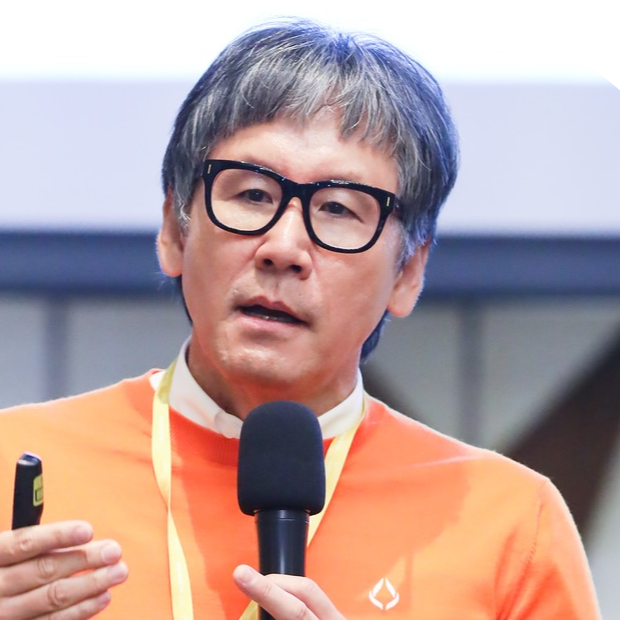

As AI workloads scale exponentially, the demands on data center infrastructure are shifting from traditional compute models to high-performance, low-latency, and sustainable systems. This keynote and fireside chat with Dan Madrigal will provide insight into the future of data centers in the AI era.
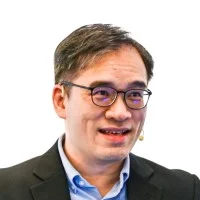



Global tariffs and trade tensions are reshaping the digital infrastructure landscape — but is Southeast Asia facing a slowdown, or poised to accelerate even further? This session examines how shifting geopolitics are impacting supply chains, investment flows, and construction strategies across the region, while uncovering new opportunities for Southeast Asia to strengthen its role as a resilient, high-growth data centre hub.


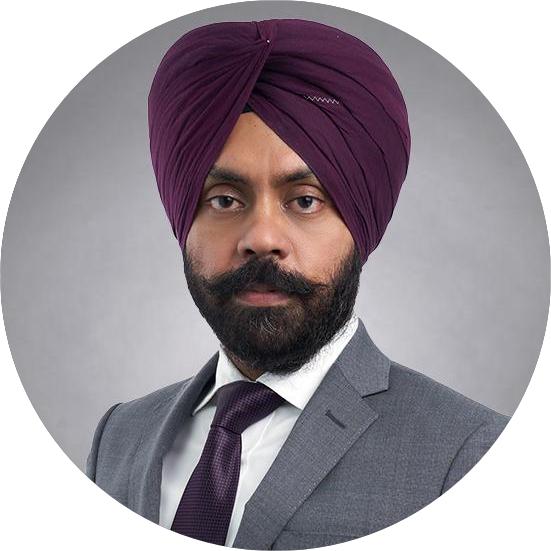



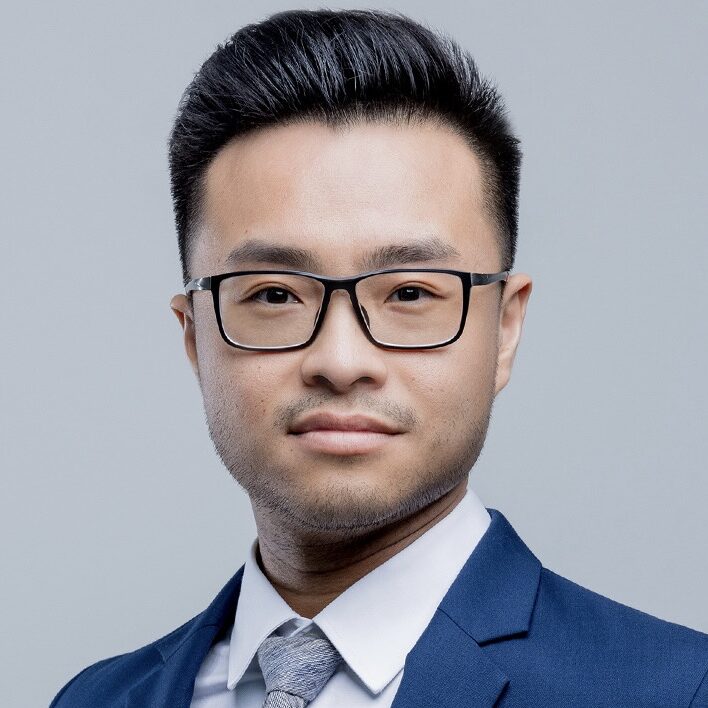

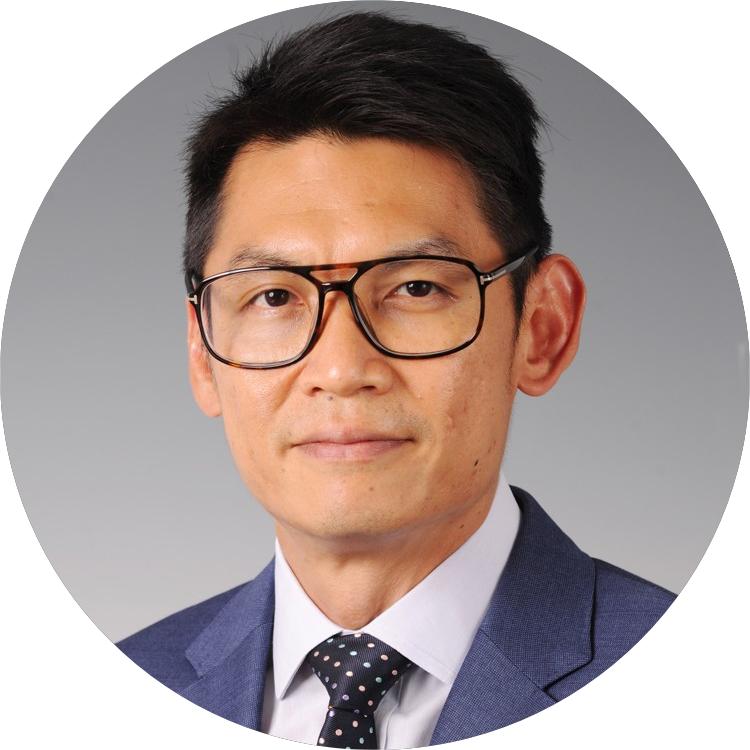

Artificial Intelligence is reshaping data center operations and strategy, acting both as a growth engine and a new source of vulnerabilities. On one hand, AI is driving the data center boom—powering cloud and hyperscale expansion, automating operations, optimizing energy use, and strengthening cybersecurity defenses. On the other, it introduces complex new challenges: surging power and cooling demands, accelerated equipment wear, increased exposure to cyber risks, and environmental sustainability concerns.
This session will examine the dual-edged impact of AI on data centers, exploring both its transformative benefits and emerging threats.


Singapore, a prominent data center hub with over 70 facilities and approximately 1.4 gigawatts of capacity, is at a crossroads. As the nation accelerates its ambitions to become an AI leader and prioritizes sustainability, the traditional data center model faces unprecedented challenges. The explosive growth of artificial intelligence, the looming potential of quantum computing, and increasingly stringent sustainability requirements are collectively pushing data centers to the brink of an operational paradigm shift – entailing necessary improvements in energy efficiency, water conservation, and cooling technologies.
This panel will explore how these converging forces are reshaping data center design and operations. With AI and quantum workloads driving unprecedented power and cooling demands, can innovative approaches to resource management, next-generation wastewater solutions, and operational optimizations bridge the gap? As environmental regulations tighten and resource constraints grow, are conventional facilities on the brink of obsolescence, or can they adapt to meet the evolving technological landscape?

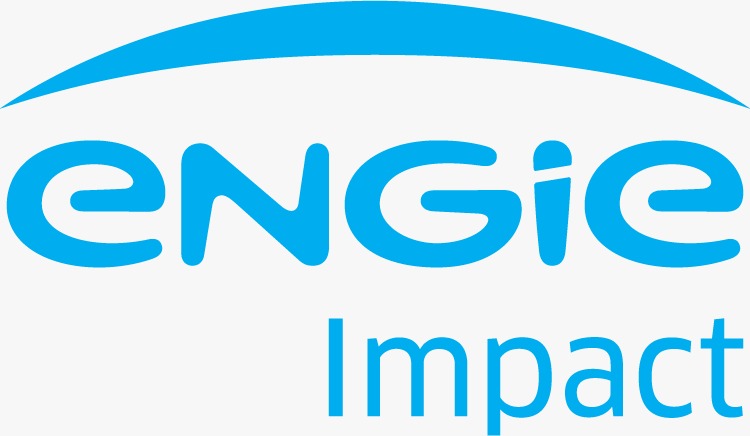
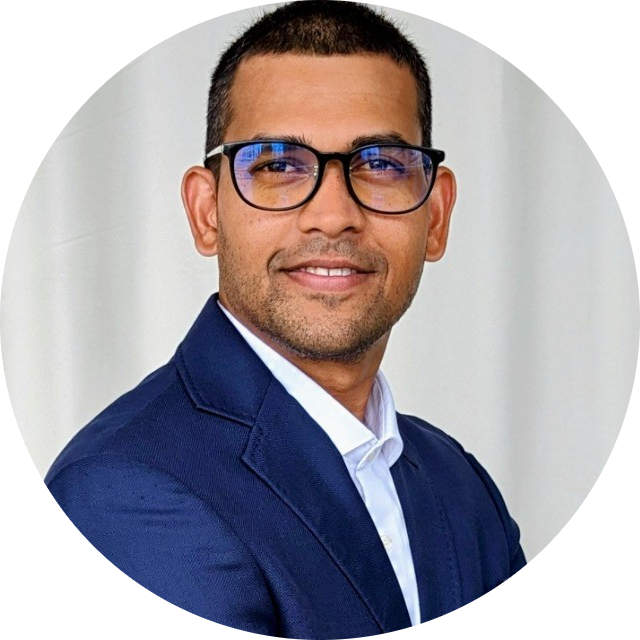

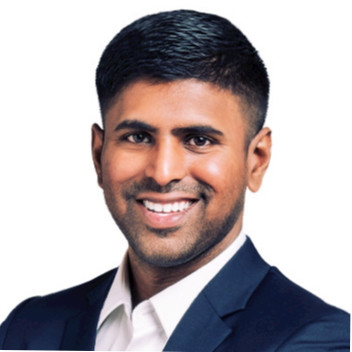



If sustainability concerns are not addressed, data centres will negatively impact climate change. This presentation provides guidance to owners, developers, operators, and consultants on reducing the carbon and environmental impact of data centres. Key areas of focus include Embodied Carbon, Operational Carbon, Biodiversity, Circularity, Energy Export and Reuse, and Water Efficiency.

Hydronic system with water chiller and chilled water terminal unit is the most popular cooling system nowadays in sizable data center. However, to achieve a better PUE, a hydronic system has reached its bottleneck. At the same time, a hydronic system is limiting the profitability of a data center. To move forward, it’s time to find out a proven cooling system that is only improving the energy consumption but also bringing loads of advantages to the data center.


EkkoSense’s Robert Linsdell sets out the challenge organisations face in launching AI compute workloads into one of the most power-constrained markets ever. He will outline some of the very practical engineering concerns with AI workloads and their very different energy profiles. He will also demonstrate how a new generation of AI-powered 3D visualisation and analytics software is essential if operations teams are to understand what’s happening to their data centre rooms in real-time.


Design sets the blueprint – but operations determine the outcome. As sustainability becomes a non-negotiable in data center development, this panel explores how design and day-to-day operations must work hand in hand to achieve real environmental impact.
From energy-efficient layouts and low-carbon materials to airflow tuning, equipment maintenance, and data-driven monitoring – sustainable success depends on a continuous loop between those who build and those who run. Hear from experts across design, engineering, and facility management on how they’re aligning strategy, execution, and culture to drive measurable improvements in energy use, water conservation, and emissions reduction.
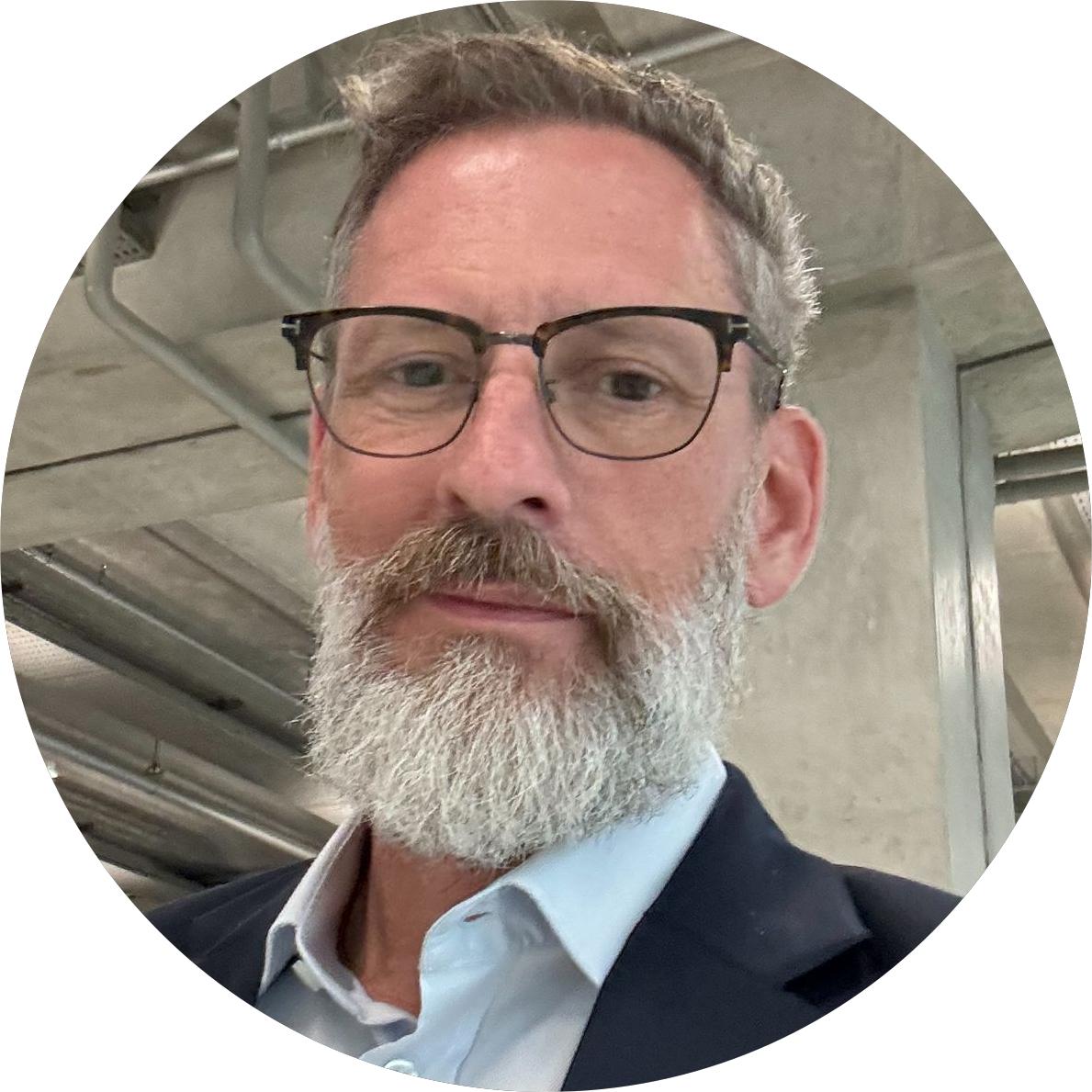

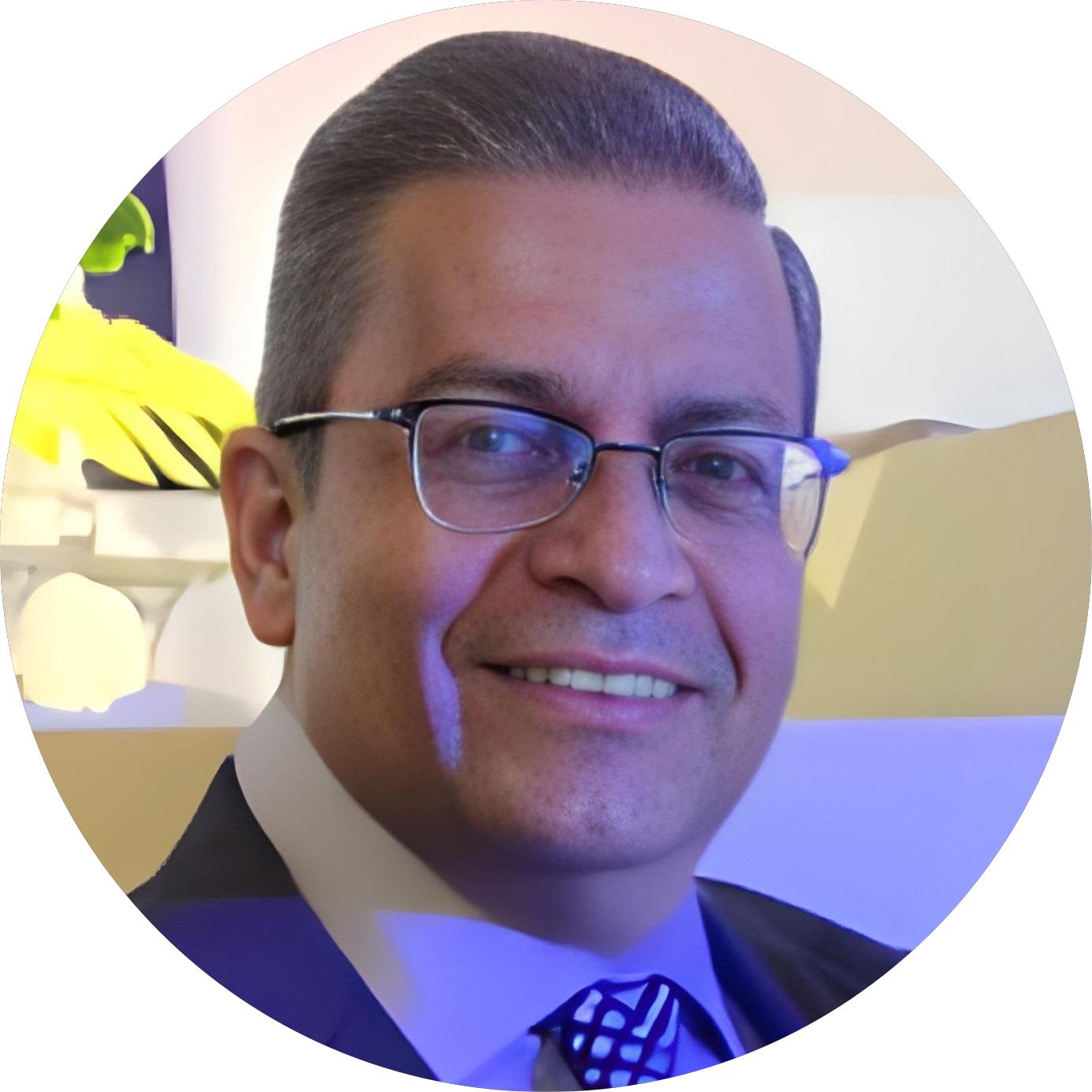

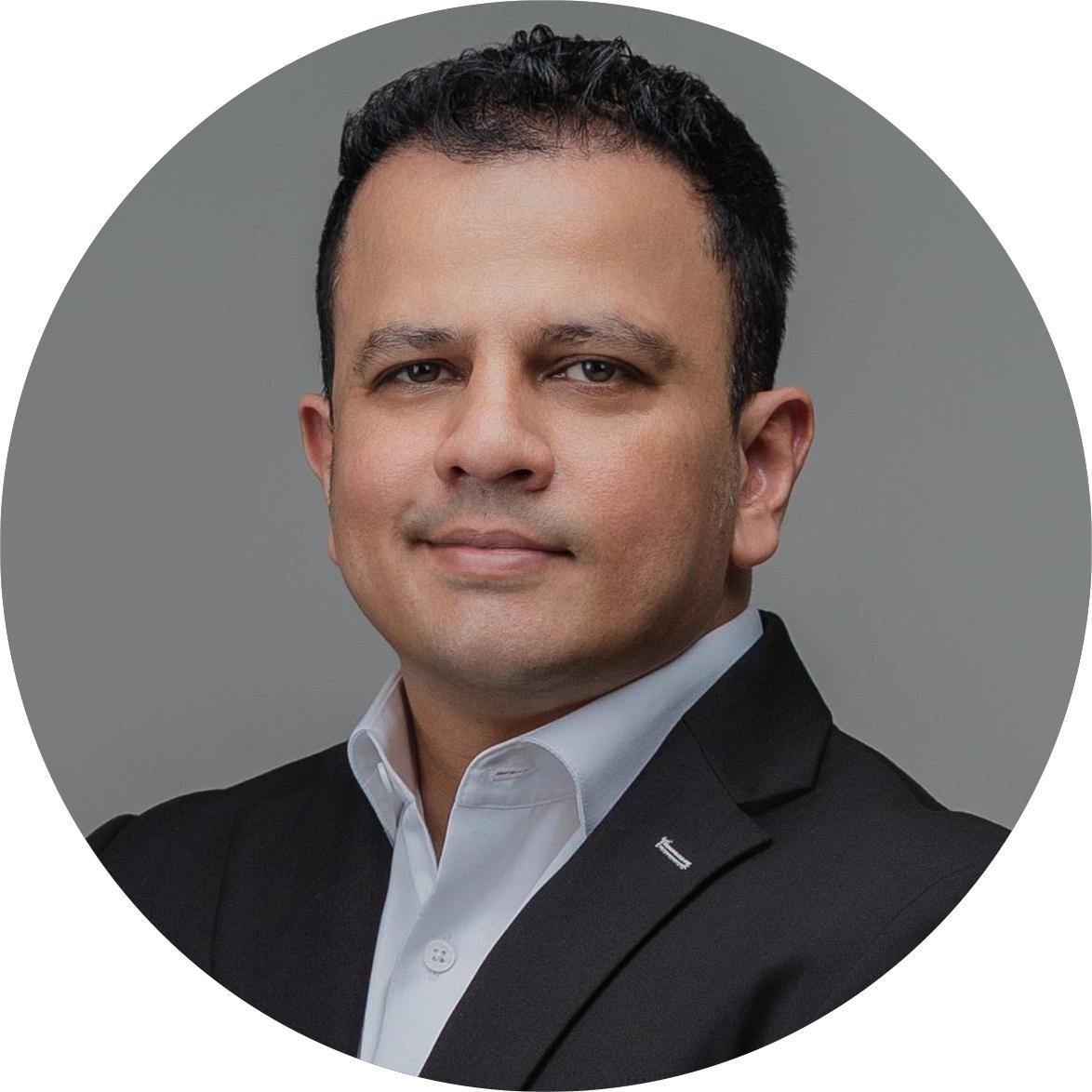

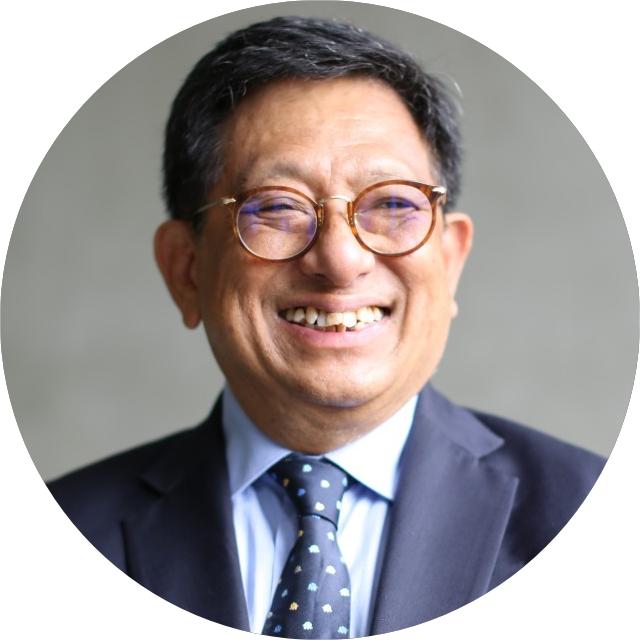

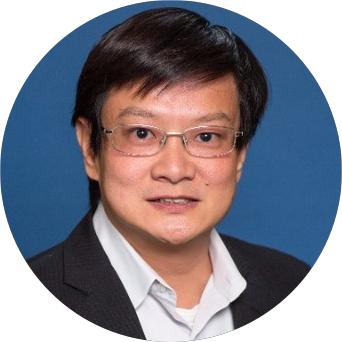
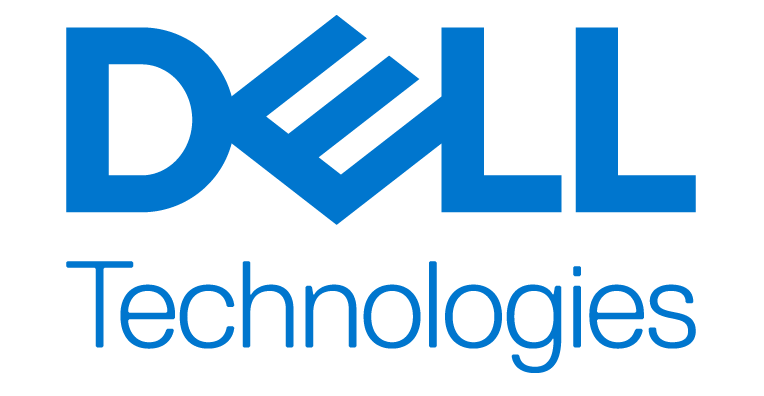
Lithium-ion batteries are at the heart of the urban energy transition—delivering high energy density, rapid response, and scalable storage essential for decarbonizing grids, managing peak loads, and integrating renewables. Their compact footprint makes them ideal for dense city environments, from high-rise buildings to underground substations.
Yet, with every transformative technology comes new risks. As lithium-ion systems are increasingly embedded in critical infrastructure, fire safety becomes a non-negotiable priority. This keynote draws from real-world incidents and leading-edge research to explore best practices in system design, zoning, ventilation, thermal containment, and emergency response. It also examines how standards and regulations are evolving to keep pace with deployment.


With over 22,000 GPUs deployed across a globally distributed infrastructure, Gcore is setting the benchmark for scalable, high-performance AI and compute delivery. This case study explores how Gcore orchestrates massive GPU capacity across data centers and edge locations—delivering low-latency AI inference, generative model acceleration, and cloud-native compute for clients around the world.


As SIJORI Week 2025 comes to a close, this panel brings together industry experts to reflect on the key learning outcomes from six days of discussion, debate, and discovery across Singapore, Johor, and Batam.
From digital infrastructure investment trends and cross-border regulatory cooperation to power, connectivity, and talent readiness, what have we learned, and where is the region heading next?
This session will distill the most important insights from the week and offer expert perspectives on what to watch over the next 12 months. Will Batam realize its interconnect vision? Can Johor maintain its development pace? And how will Singapore adapt to land and sustainability constraints while remaining a digital anchor?


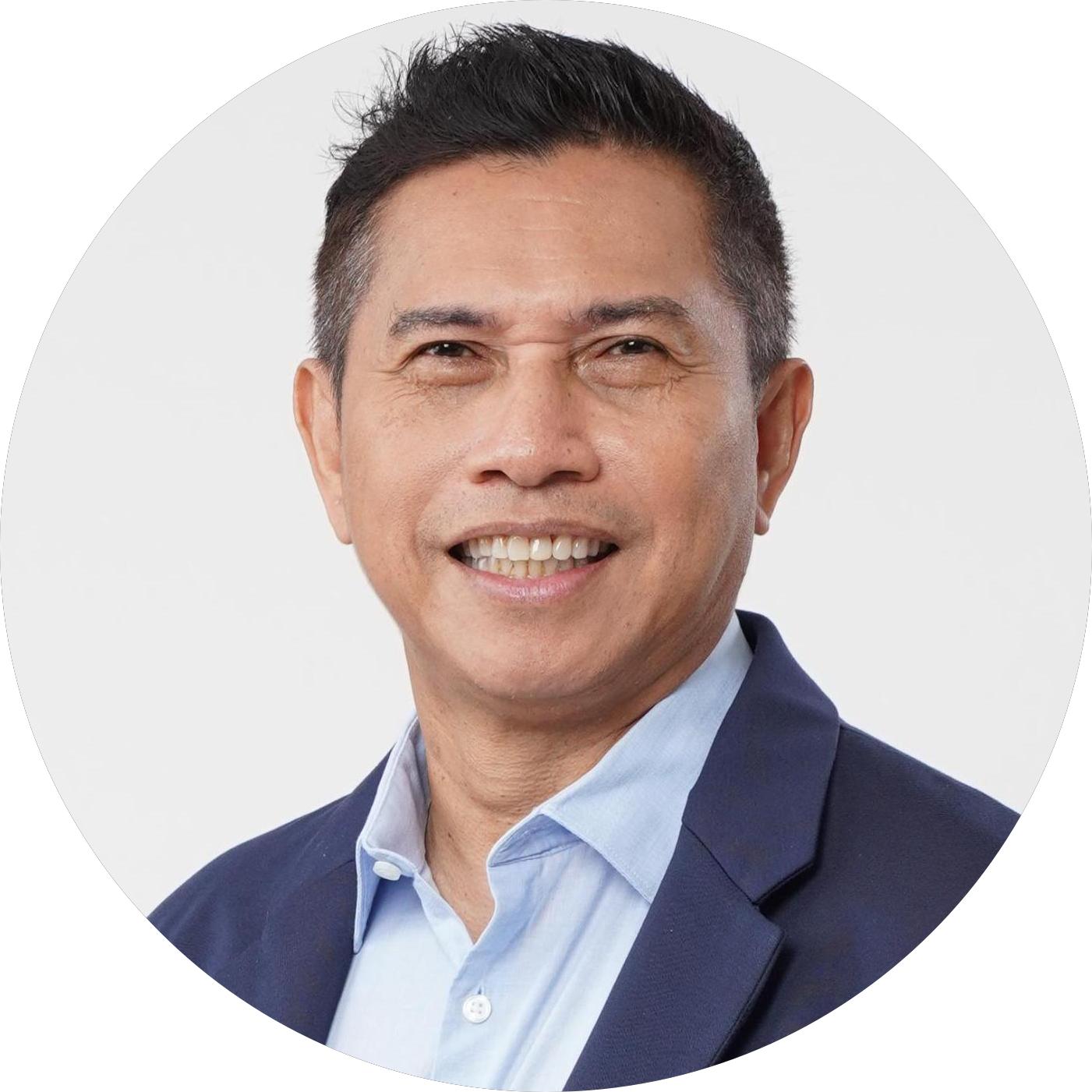
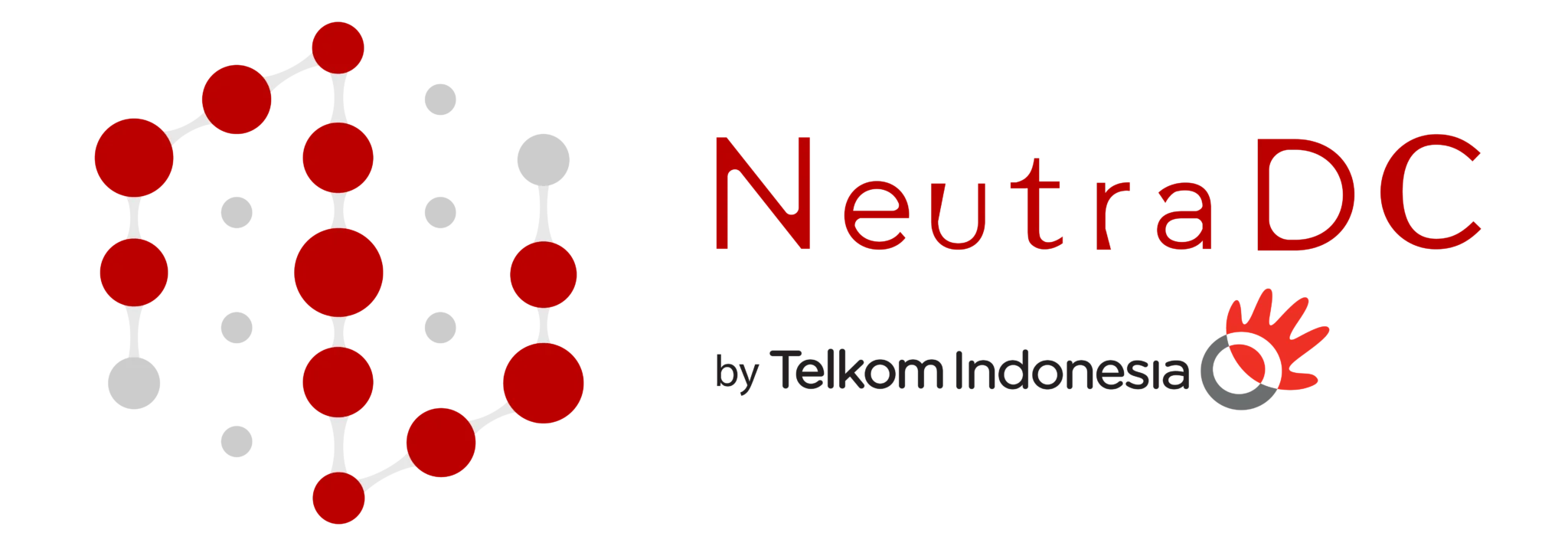
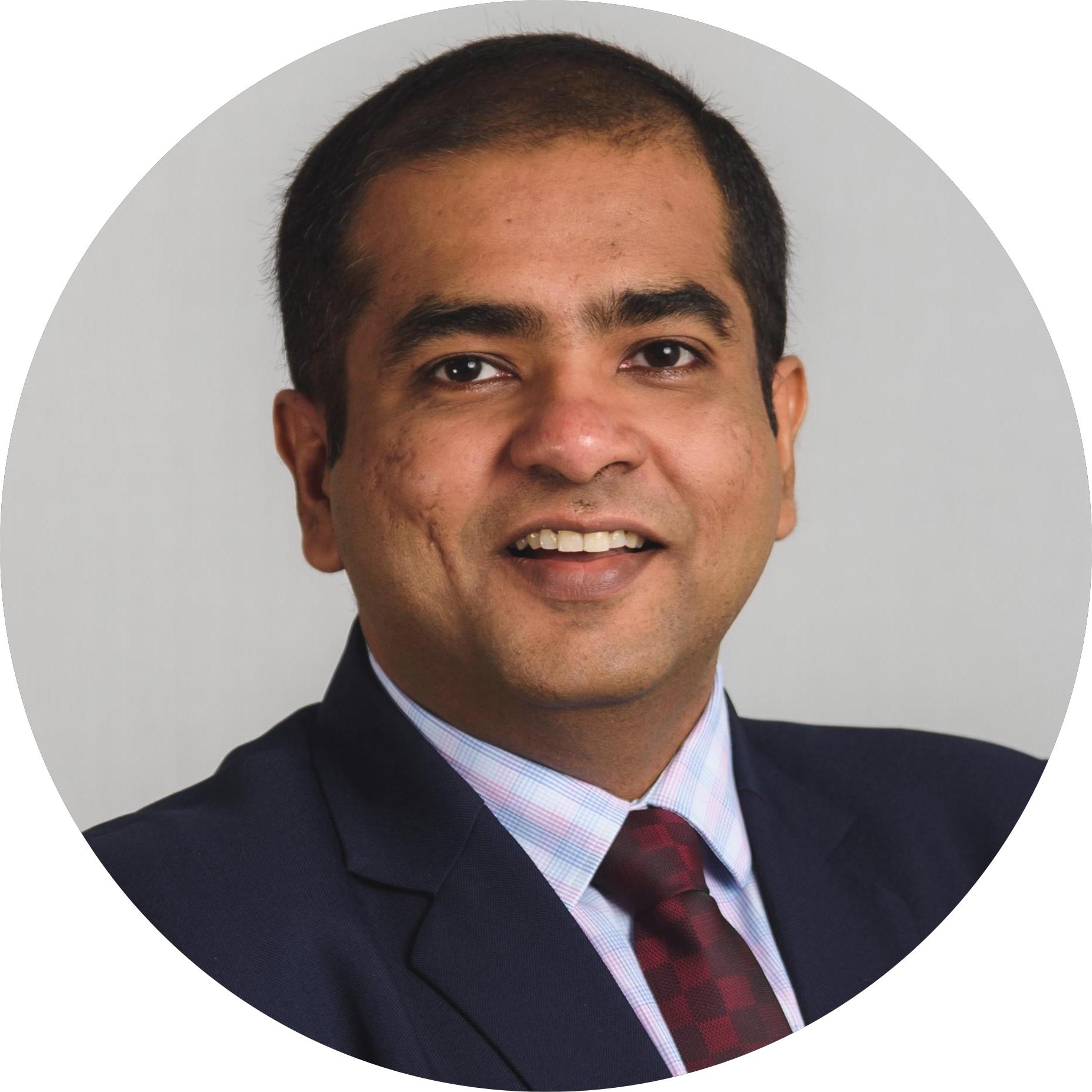

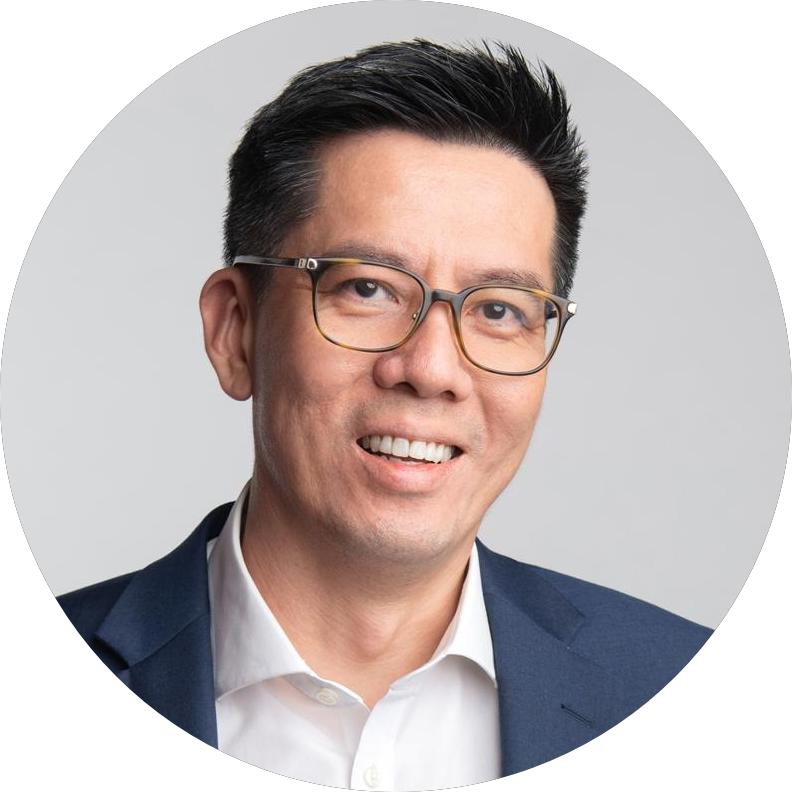


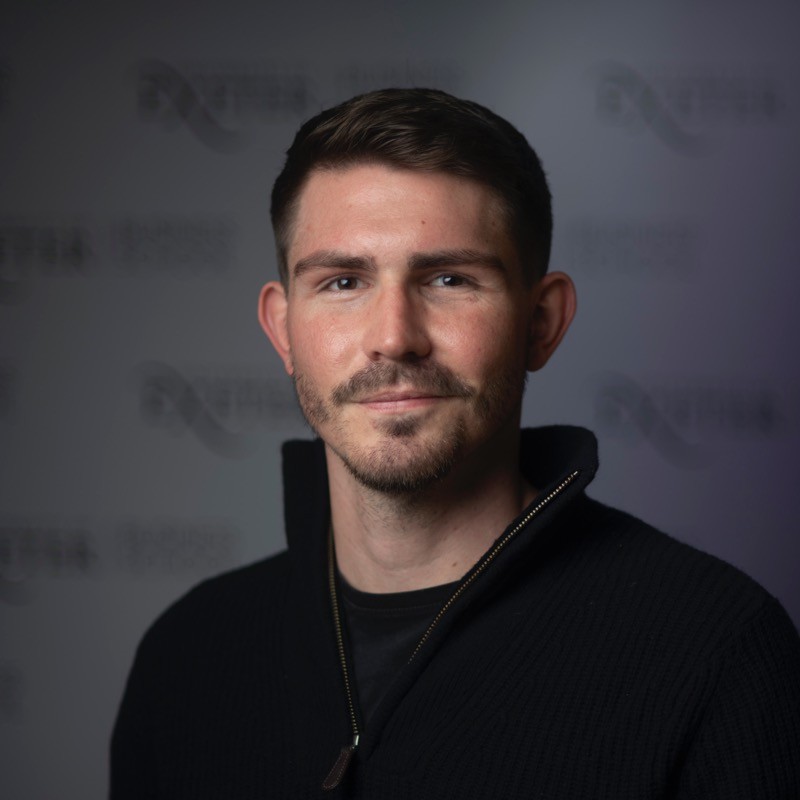

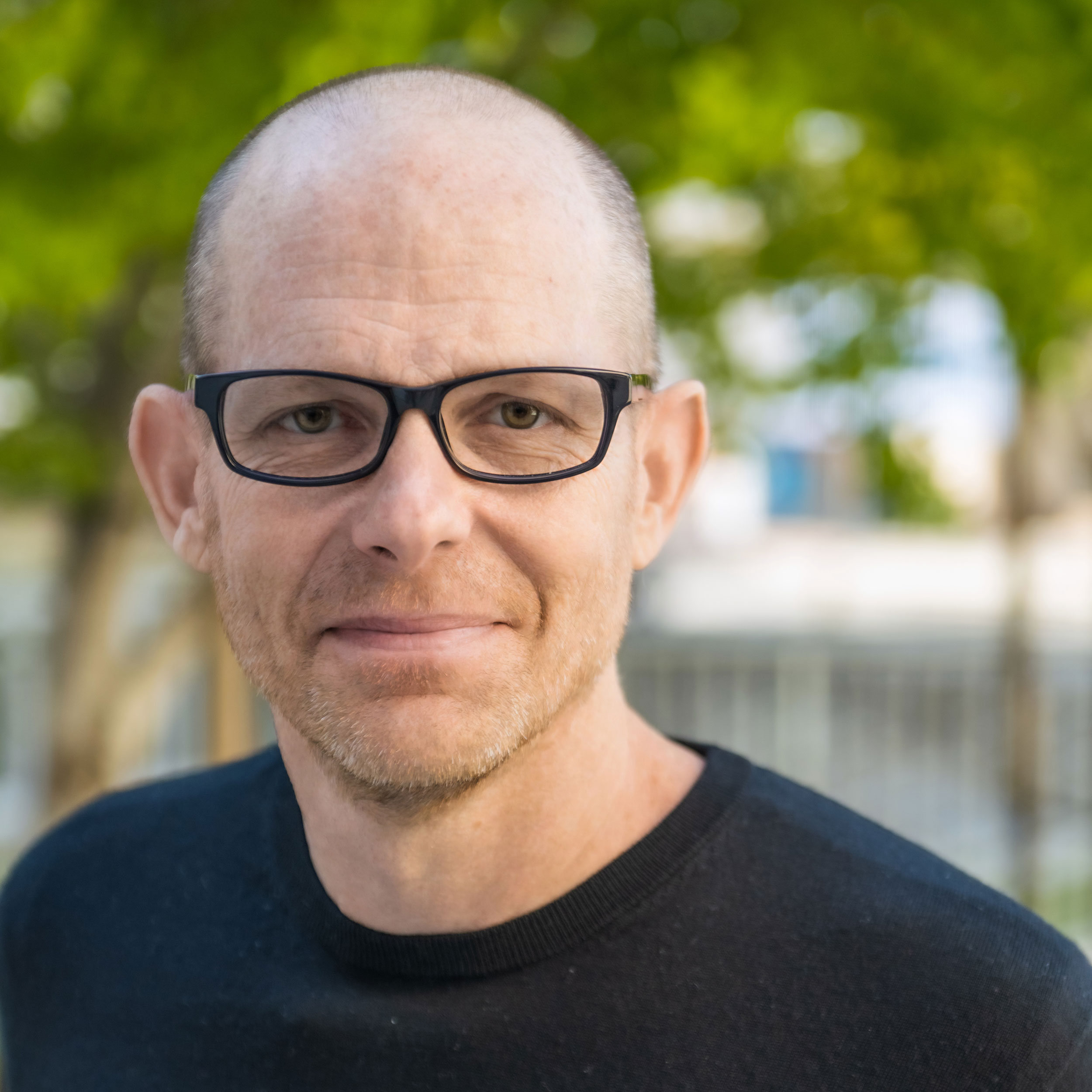

This presentation will focus on Tate’s approach to lowering the embodied carbon of their products and how they have made significant advancements in their approach to modular solutions in the data centre world. Providing an overview of the latest LEC products, how Tate has gone about lowering embodied carbon, and why this is important is covered, along with introducing Tate Konnect, an innovative approach to modular solutions.


The days of easy yield and land-grab strategies are fading fast. As power constraints tighten, AI reshapes infrastructure needs, and hyperscalers internalize capacity, private equity investors face a shifting risk-reward landscape in data center investments.
This discussion unpacks the new playbook—where smart capital is going, what asset types are gaining favor, and how value creation is evolving beyond just MW and PUE. Should investors back niche operators, subsea routes, or AI-specialized campuses? How does sustainability risk affect valuation? And is operational capability now just as important as capital deployment?
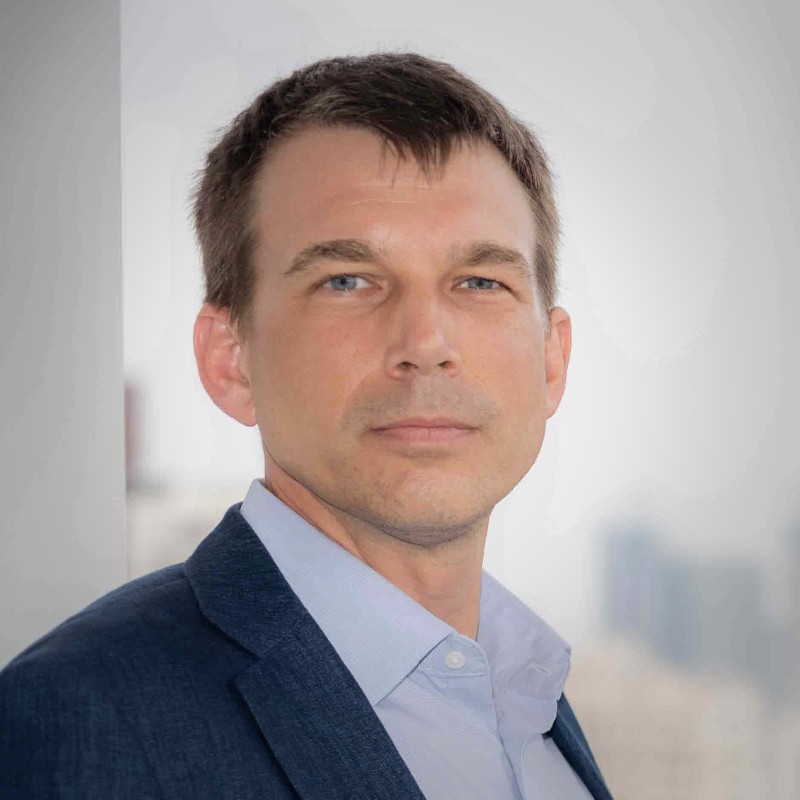

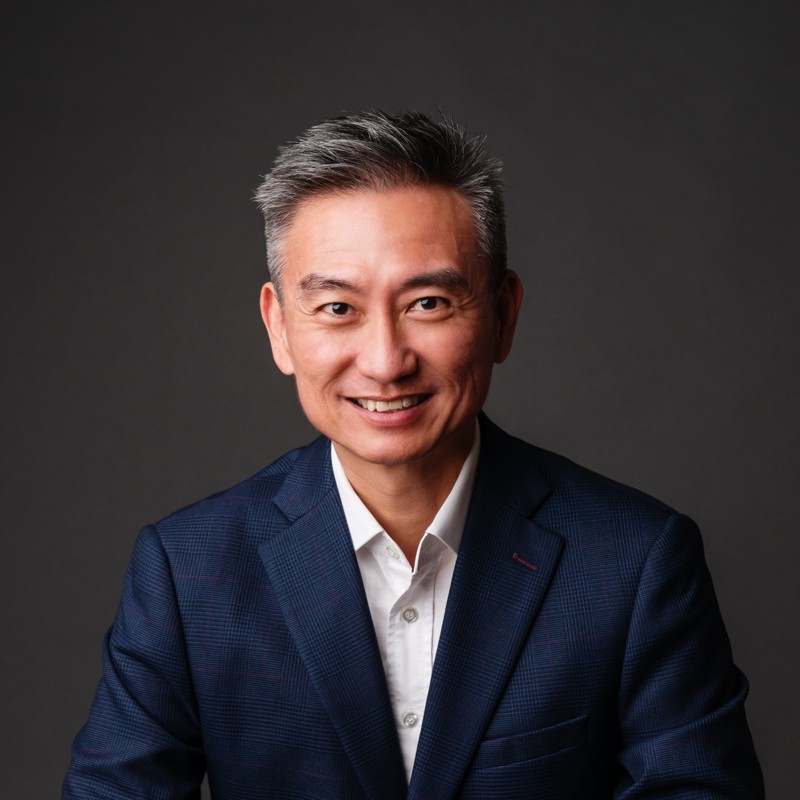
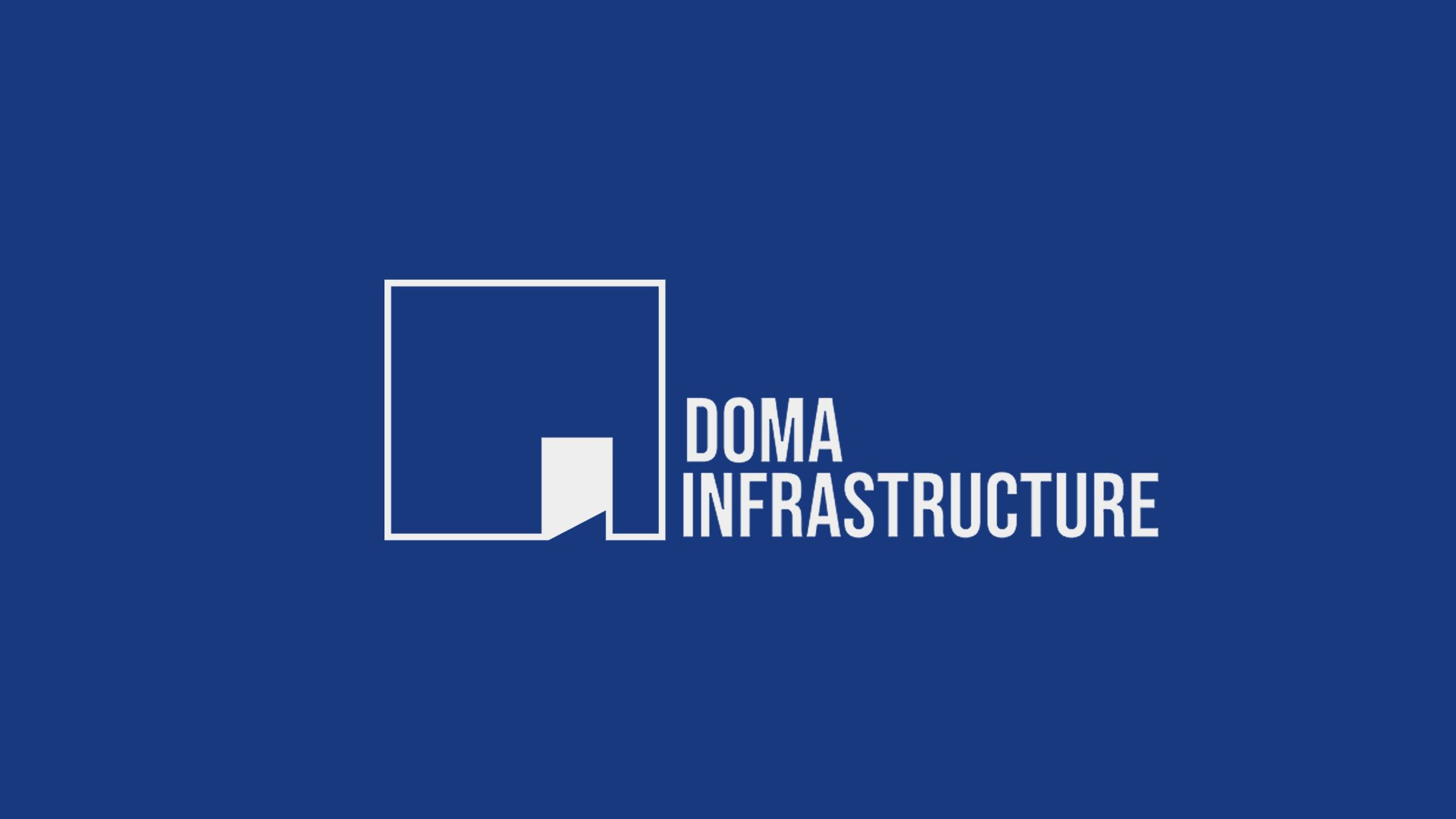
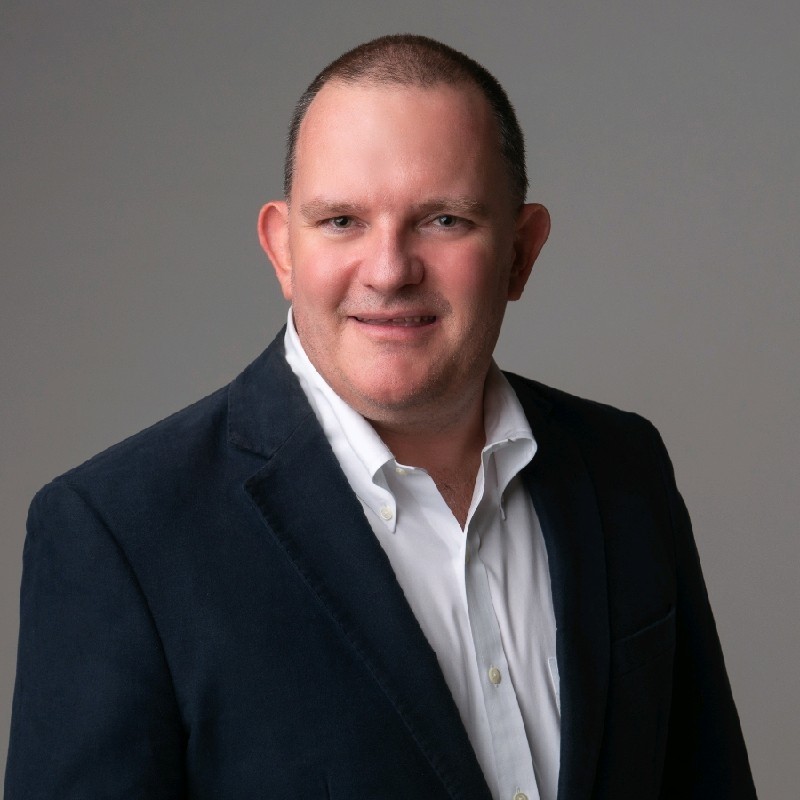
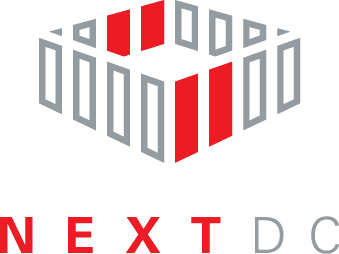
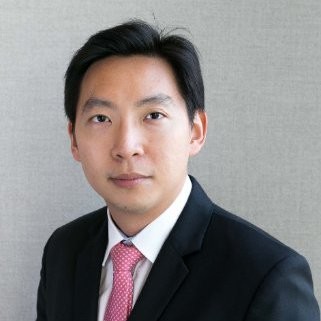

As artificial intelligence (AI) and high-performance computing (HPC) rapidly evolve, so do the thermal management challenges that come with increasing compute density and power consumption. This presentation by Envicool explores the critical cooling requirements of modern AI and HPC data centers and presents comprehensive, scalable solutions that address these needs. From air cooling innovations like the high-capacity FWU system to fully integrated liquid cooling chains—CDUs, manifolds, cold plates, and intelligent leak detection—Envicool demonstrates how it delivers “More Than Cooling.” Highlighting global deployment experience, including over 1.2GW of liquid cooling projects and a strong Southeast Asian presence, the presentation emphasizes Envicool’s ability to provide fast, reliable, and efficient thermal solutions across all data center scenarios, ensuring energy efficiency, operational safety, and future scalability.
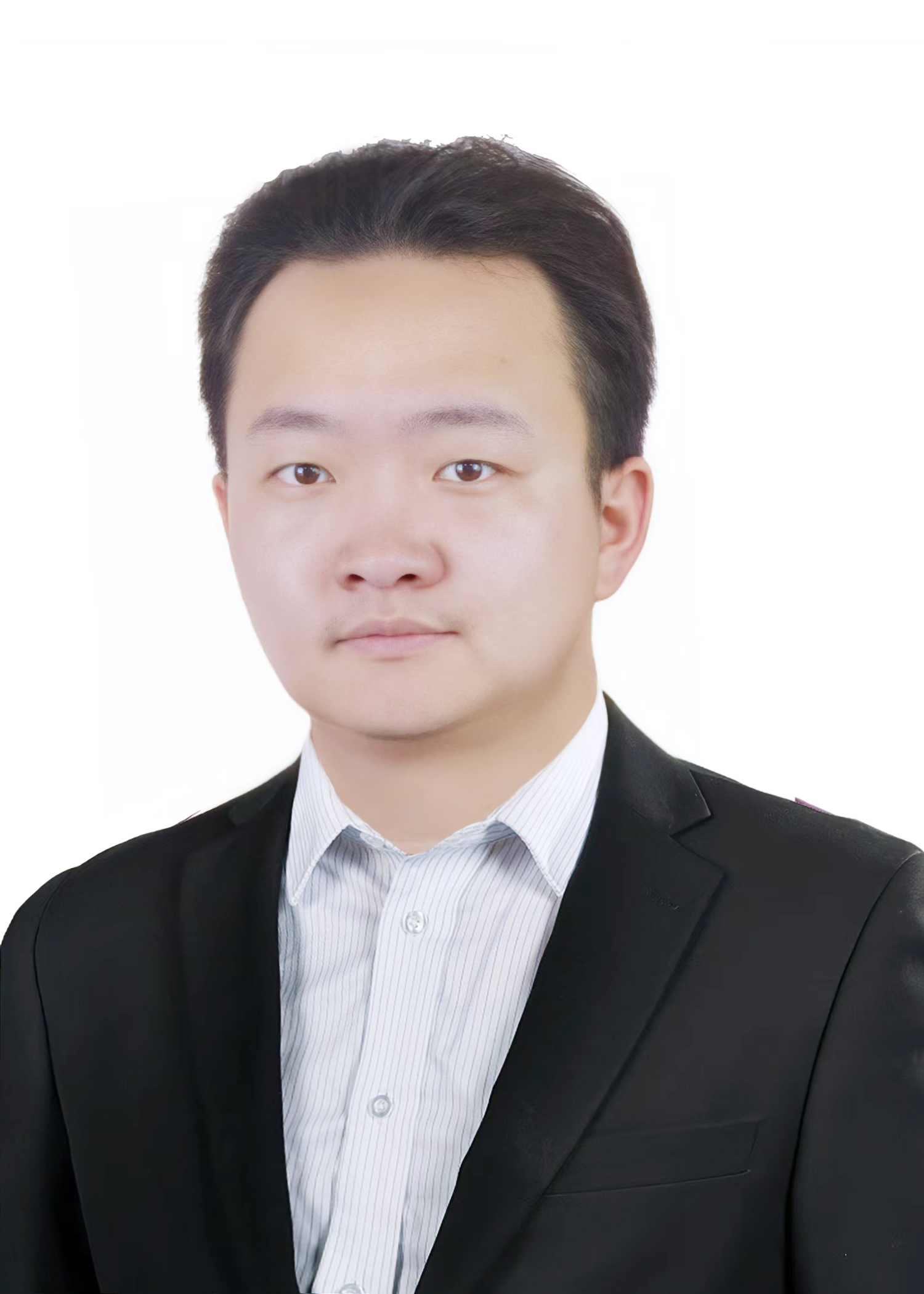

As data centers scale to meet AI and hyperscale demands, traditional grid dependency and carbon-intensive energy mixes are becoming critical constraints. This keynote explores how alternative low-carbon energy sources—such as green hydrogen are emerging as viable solutions to support high-density infrastructure without compromising sustainability goals.
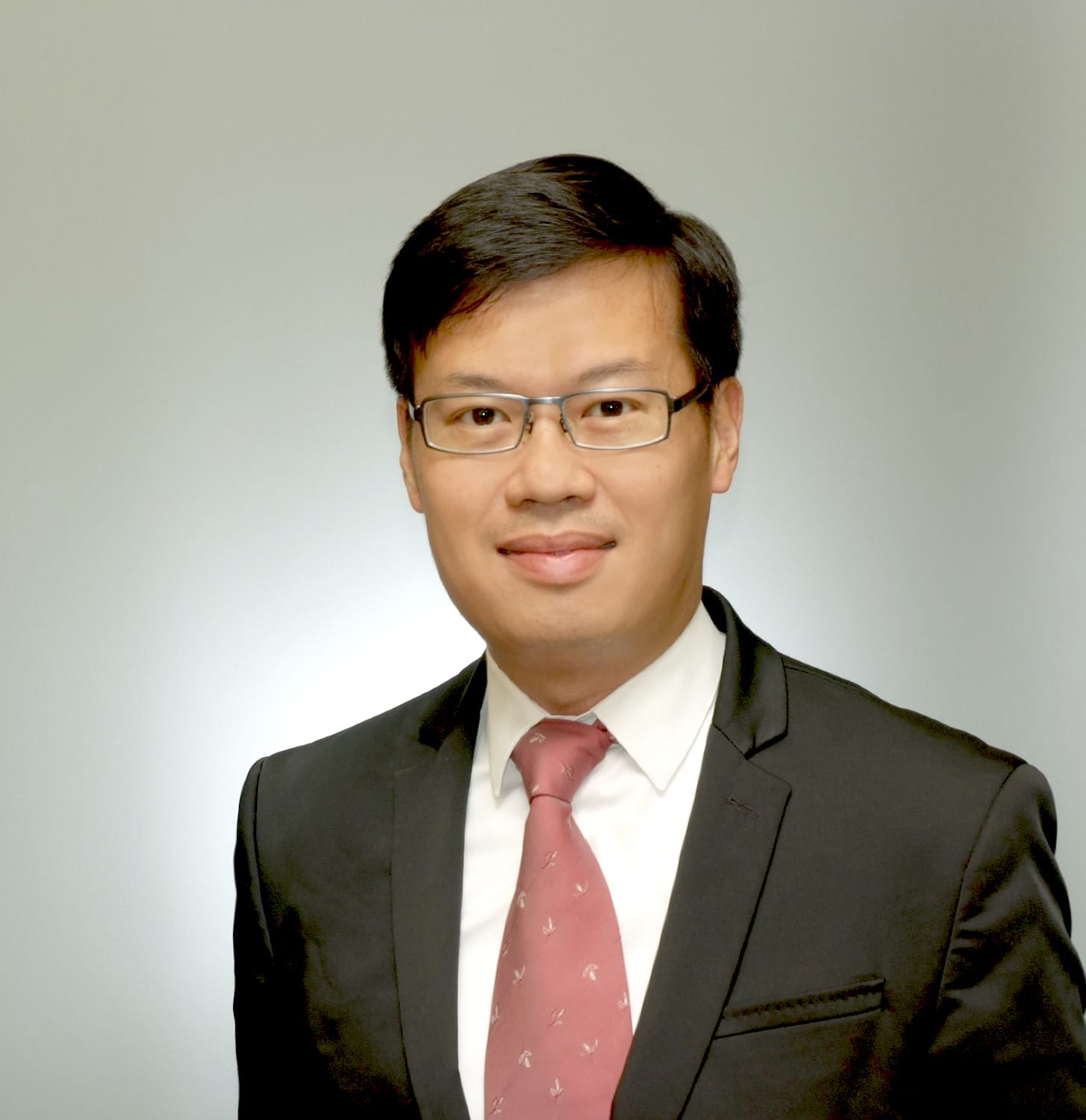
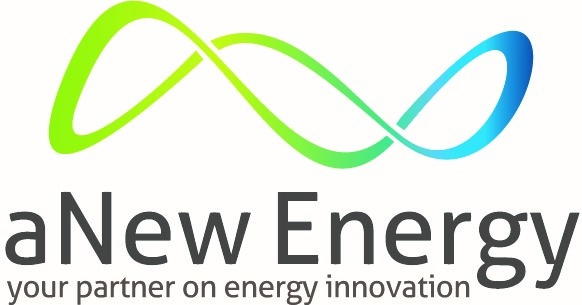
As climate stress intensifies and water scarcity becomes a pressing challenge, the future of data centre cooling depends on diversifying water sources and reimagining how water is sourced and treated. This session explores how advanced membrane technologies are enabling the use of unconventional water sources such as sewage treatment plant effluent, rainwater, and seawater for reliable and energy efficient cooling. With compact designs, low energy consumption, and high recovery rates, innovation in membrane technologies are redefining sustainable cooling for data centres.

In today’s high-stakes data center and infrastructure environment, procurement leaders are no longer just negotiators—they’re strategic partners driving innovation, managing risk, and aligning diverse stakeholder priorities. From navigating supply chain volatility and vendor consolidation to enabling sustainability goals and AI-driven infrastructure, the procurement function is being redefined.
This discussion features procurement heads and strategic sourcing experts who are shaping the future of mission-critical projects. How do they balance cost with speed and innovation? What role do they play in mitigating geopolitical and supply risks? And how are procurement strategies evolving to support long-term growth across the digital infrastructure ecosystem?
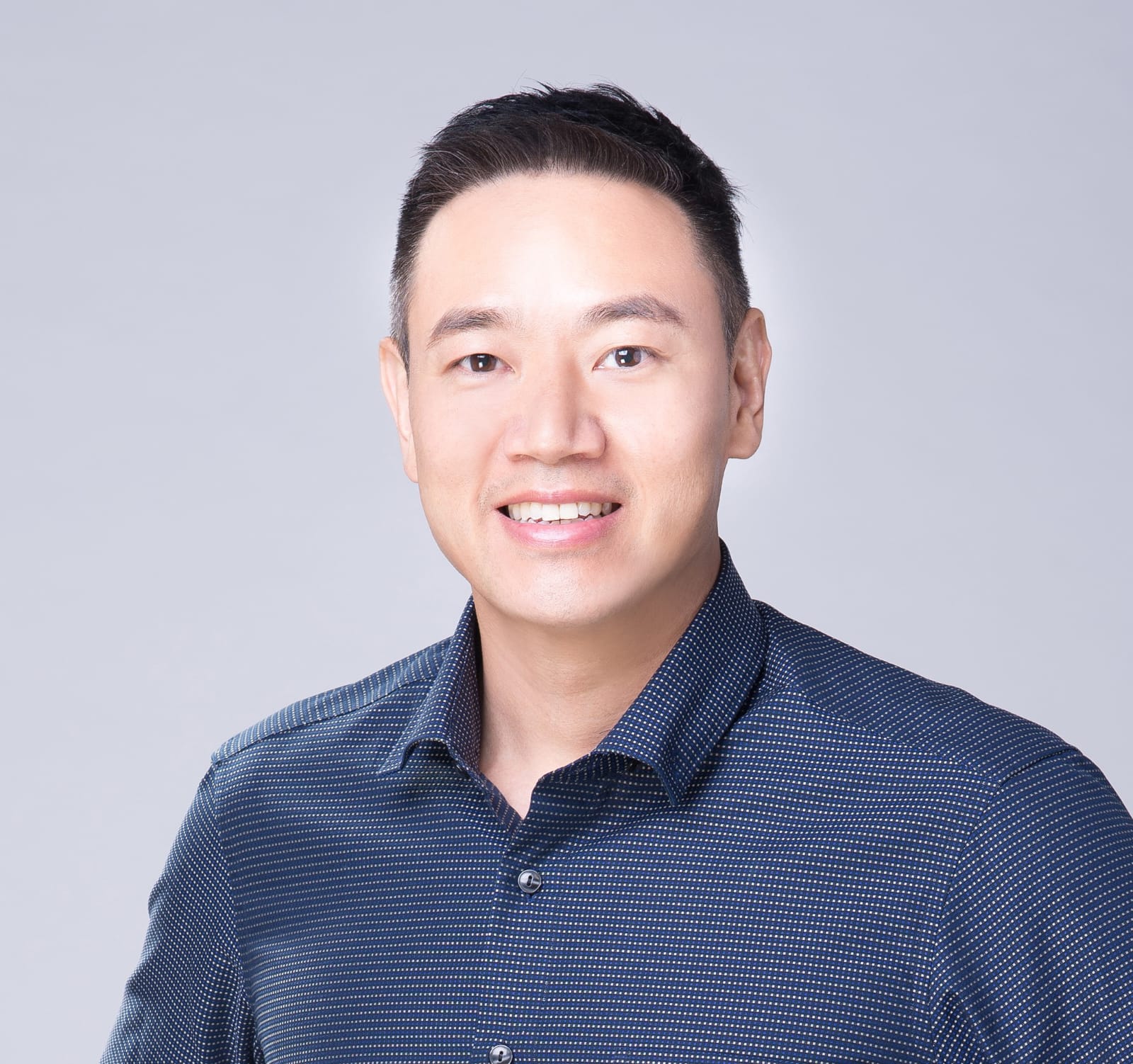

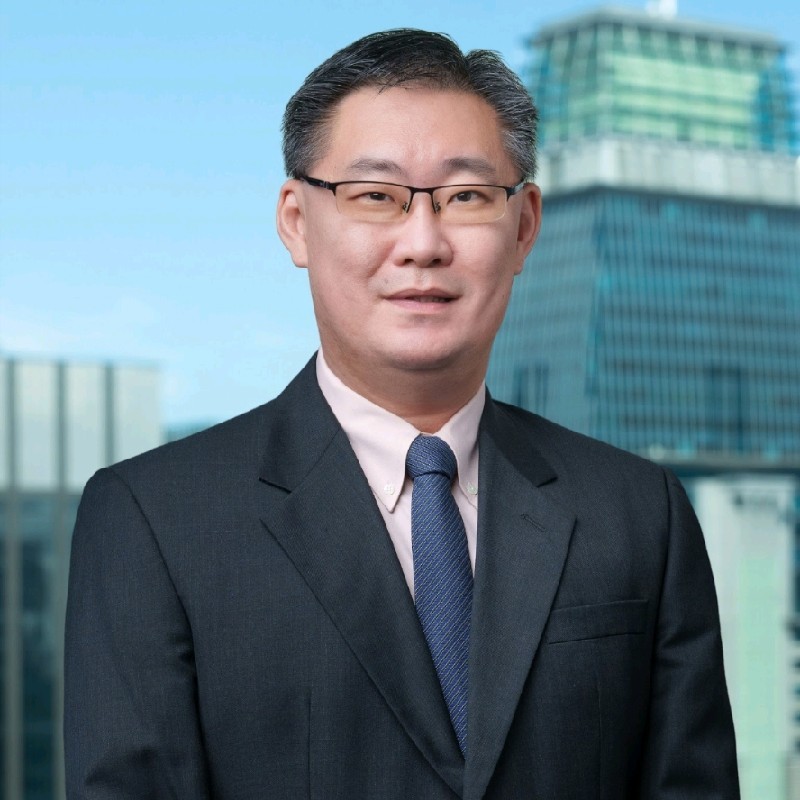

As data centers evolve into digitally integrated, hyper-connected infrastructure hubs, cybersecurity has become a critical part of operational resilience. No longer just the tenant’s concern, vulnerabilities in systems like BMS, remote monitoring platforms, and interconnect infrastructure can now pose real physical and reputational risks to operators themselves. From ransomware and insider breaches to attacks on HVAC, UPS, and facility control systems. What are the most overlooked vectors? Who is responsible for protecting shared infrastructure? And how should operators balance physical security, IT risk, and compliance in a converging threat environment?
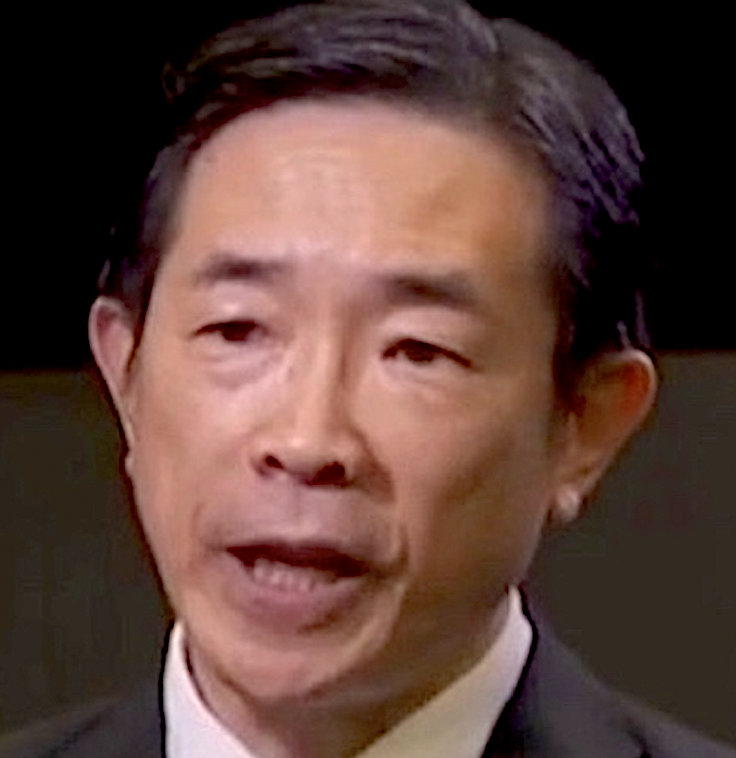
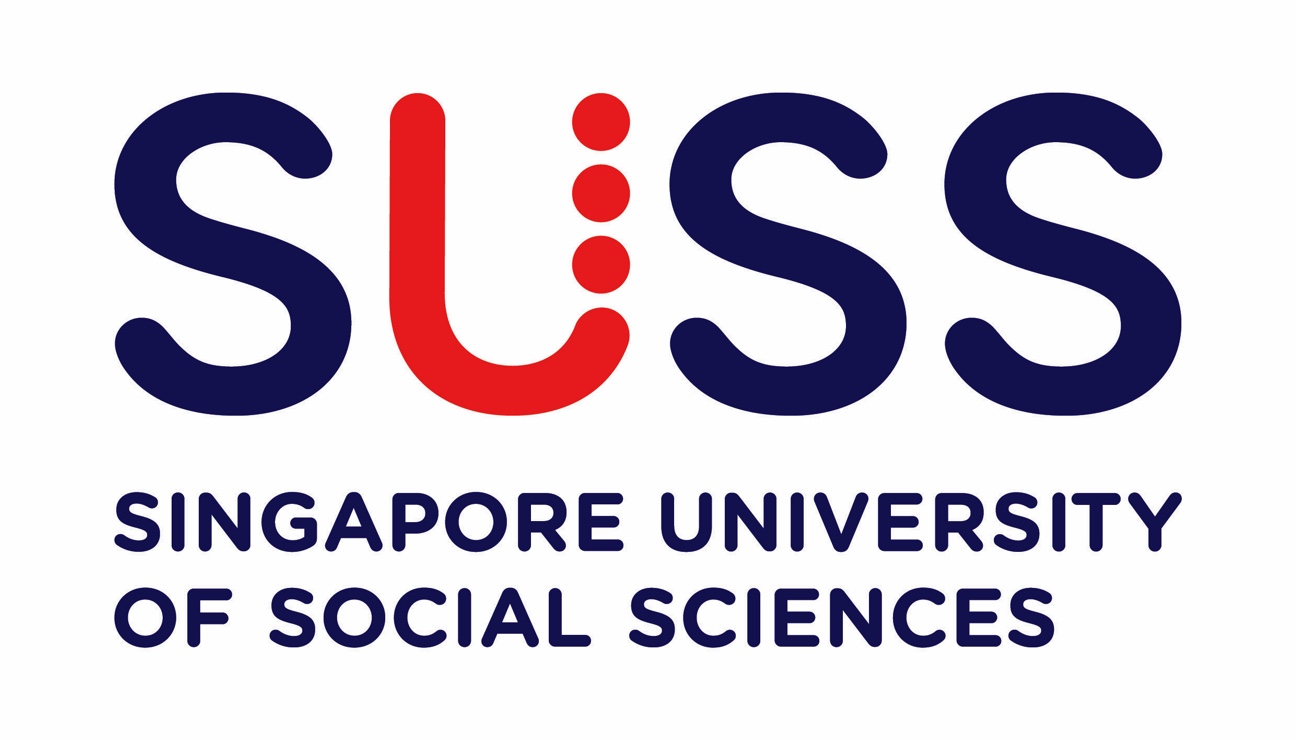




As data centers scale to support dense AI workloads, lithium-ion batteries, and complex power architectures, the risk of fire becomes more than a theoretical threat. Recent high-profile incidents have raised urgent questions about the adequacy of existing fire prevention systems, design choices, and operational protocols.
This panel brings together safety engineers, facility operators, insurers, and regulators to explore the root causes of fire incidents, how the industry is responding, and what operators must do to future-proof against catastrophic loss. From battery chemistry and airflow design to early warning systems and incident accountability, this session dives deep into the technical and human factors behind fire resilience in next-generation facilities.


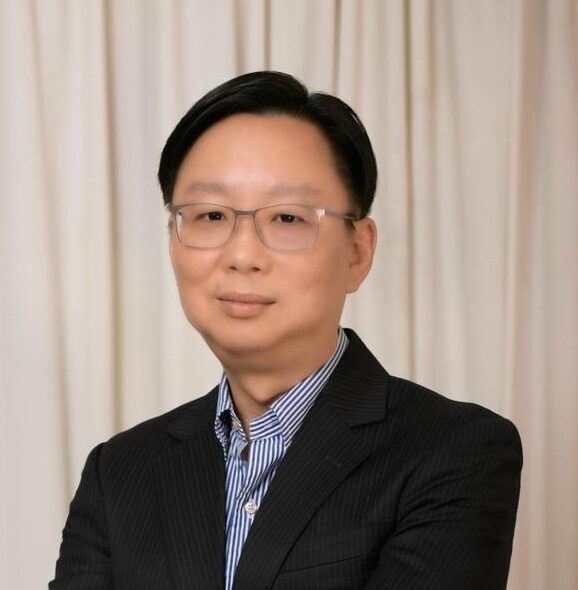





As AI workloads surge and sustainability becomes non-negotiable, the role of consulting engineers has expanded from MEP designers to strategic advisors in digital infrastructure. Today’s engineering consultancies must balance high-density power demands, advanced cooling systems, ESG compliance, and modular scalability—often all at once.






AI infrastructure is evolving faster than data centers can adapt. The power needed to support it is increasingly scarce and slow to secure. As lead times for power approvals stretch from months to years, and AI workloads demand high-density, GPU-optimized environments, operators face an unprecedented design dilemma: how do you future-proof a facility when both the technology and the grid are moving targets?
From modular designs and phased deployment to power-aware hardware selection and thermal innovation, we ask: what must change in how we design, equip, and scale the next generation of data centers?






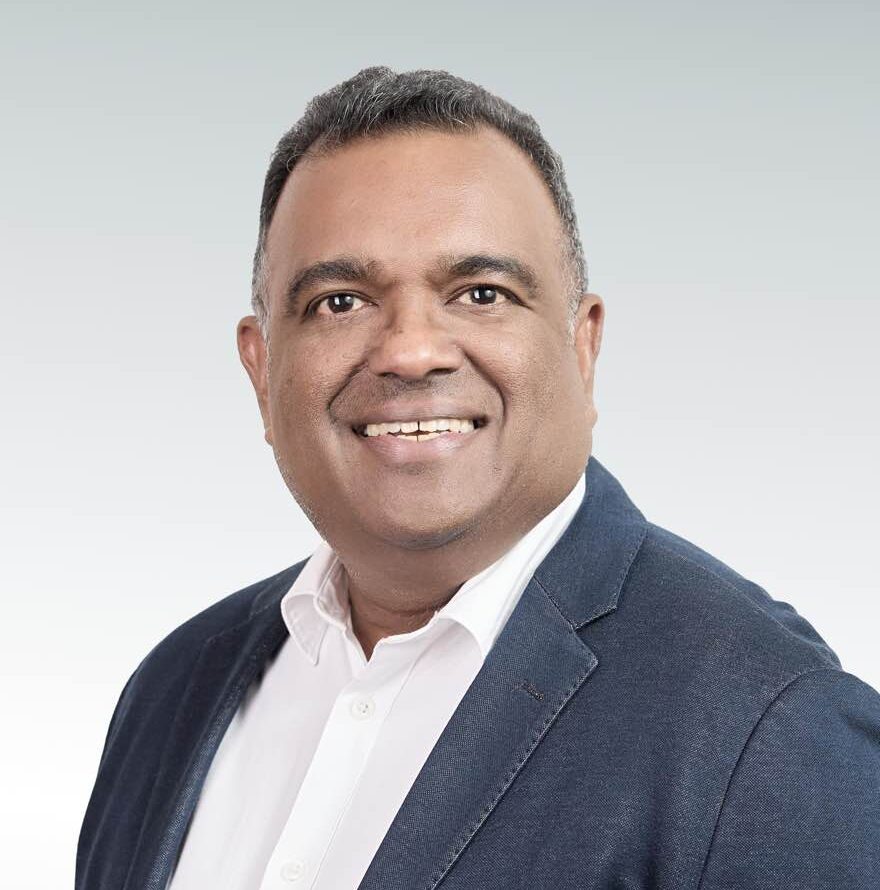

CloudEngine Digital (CED) is the silent force behind Internet-scale data centres. We deliver end-to-end support, from structured cabling to fit-out, and AIGC services. We enable hyperscalers, enterprises, and colocation providers to scale efficiently. Active in 40+ countries, CED tackles modern data-centre challenges with a streamlined approach that brings business value through technical capability.

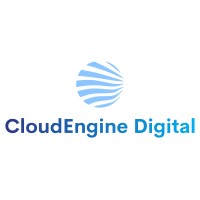
As the digital infrastructure landscape rapidly transforms, data centers must adapt to shifting demands in AI workloads, sustainability imperatives, land and power constraints, and evolving investment dynamics. This engaging panel gathers leading industry experts to provide candid insights into the future outlook of the data center industry. Through forward-looking analysis and diverse perspectives, panelists will explore trends, opportunities, challenges, and strategic directions likely to define data center growth and innovation over the next decade.
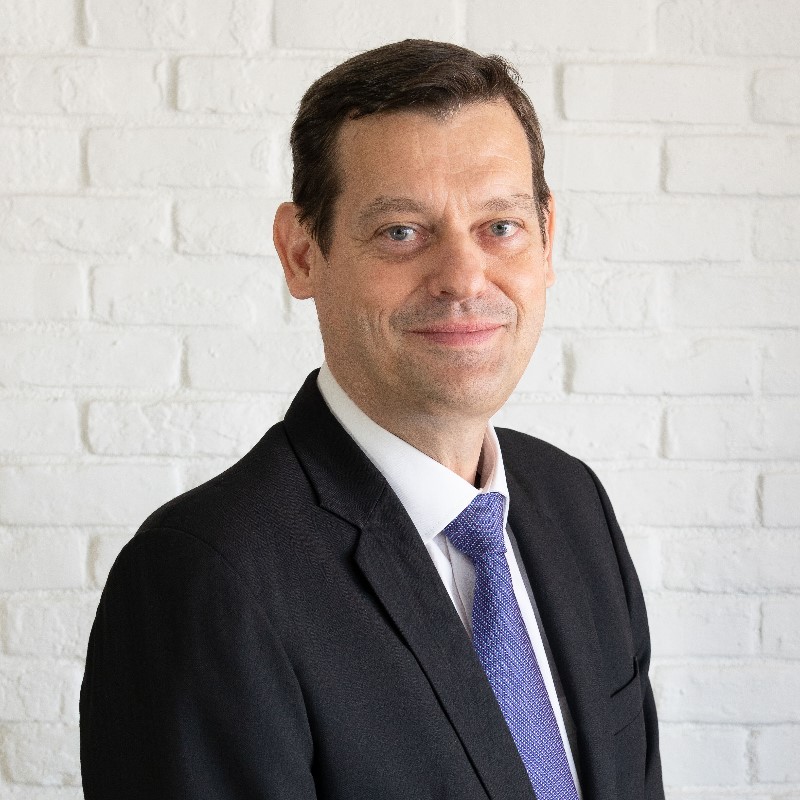

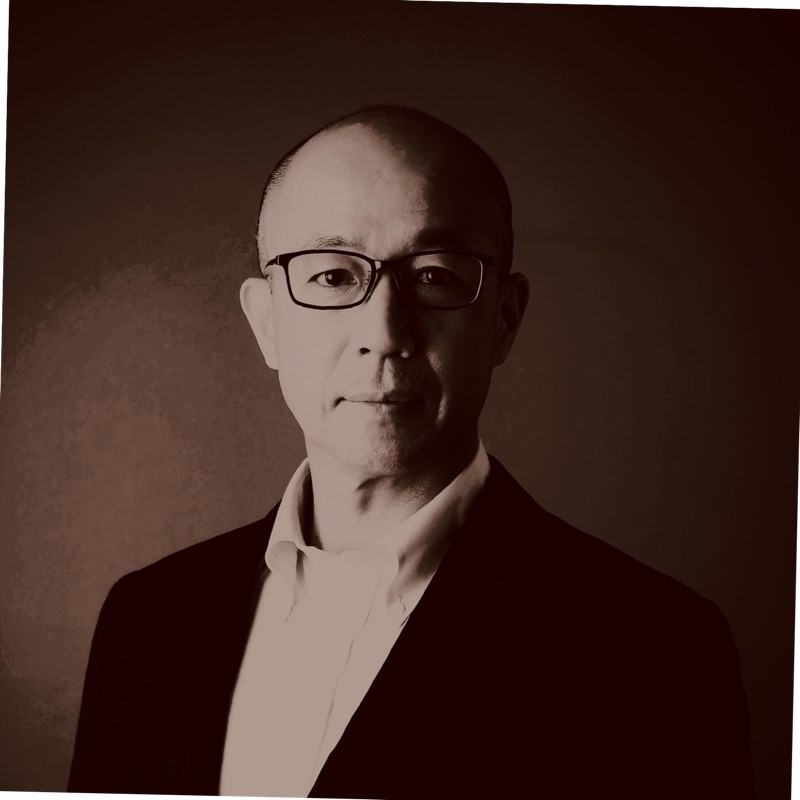
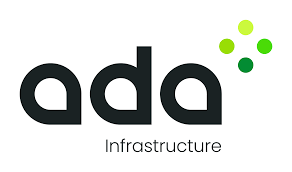

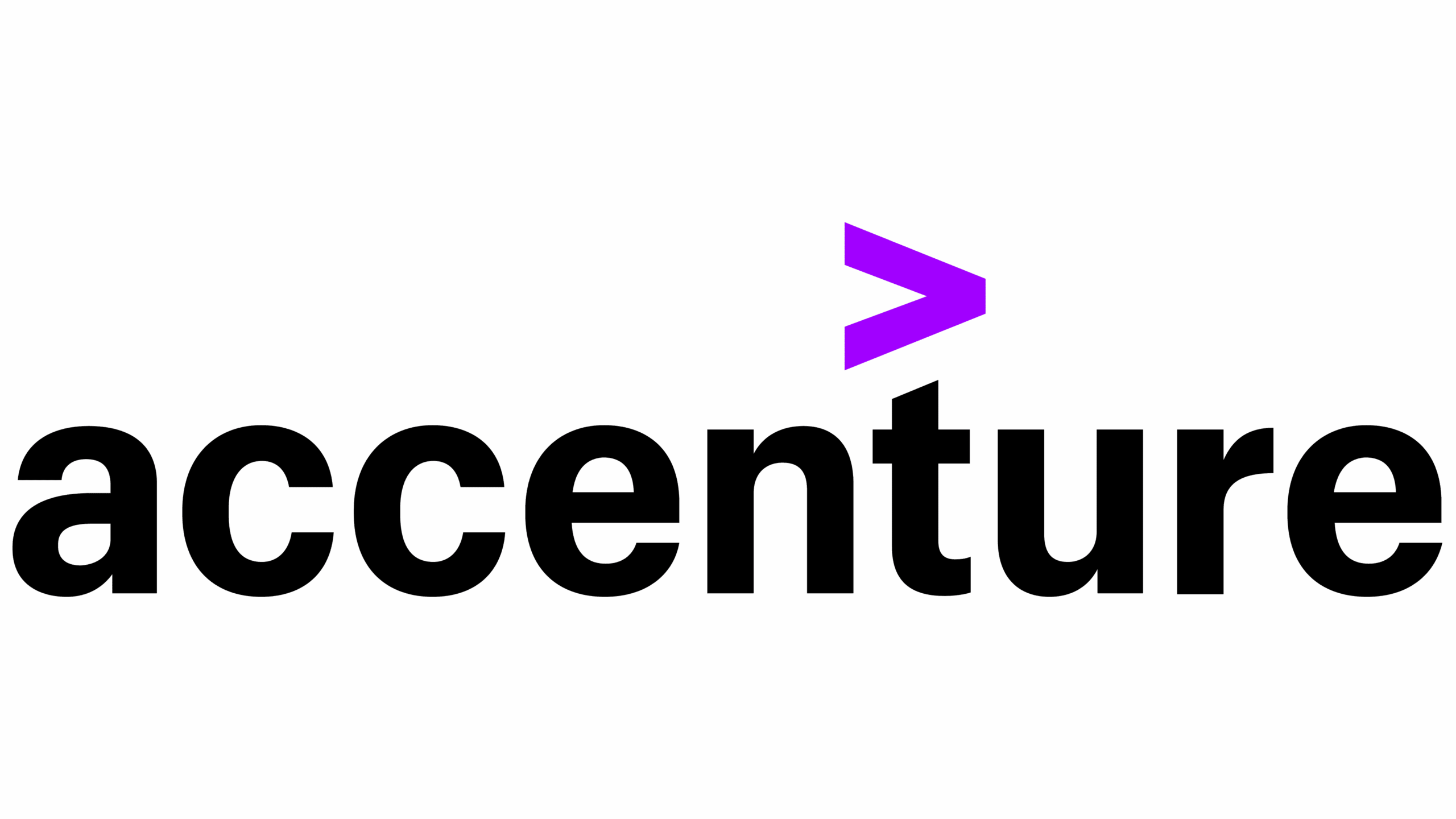
This session focuses on how banks and financial institutions must rethink their data center strategies to meet the infrastructure needs of AI. Key themes include planning for scalable power availability, adopting hybrid liquid and air cooling to manage thermal loads, and reconfiguring space to accommodate high-density racks in both on-prem and colocation. We’ll explore how modernizing physical infrastructure—not just IT stacks—is critical for enabling AI transformation at scale while meeting uptime, compliance, and sustainability goals.
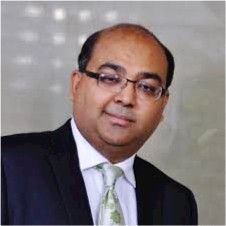



As the demand for AI and high-performance computing skyrockets, organizations face a crucial choice: build on general-purpose cloud platforms or adopt specialized GPU-as-a-Service infrastructure. While traditional CSPs offer scale and ecosystem depth, GPUaaS providers promise raw performance, cost efficiency, and workload-specific optimization.

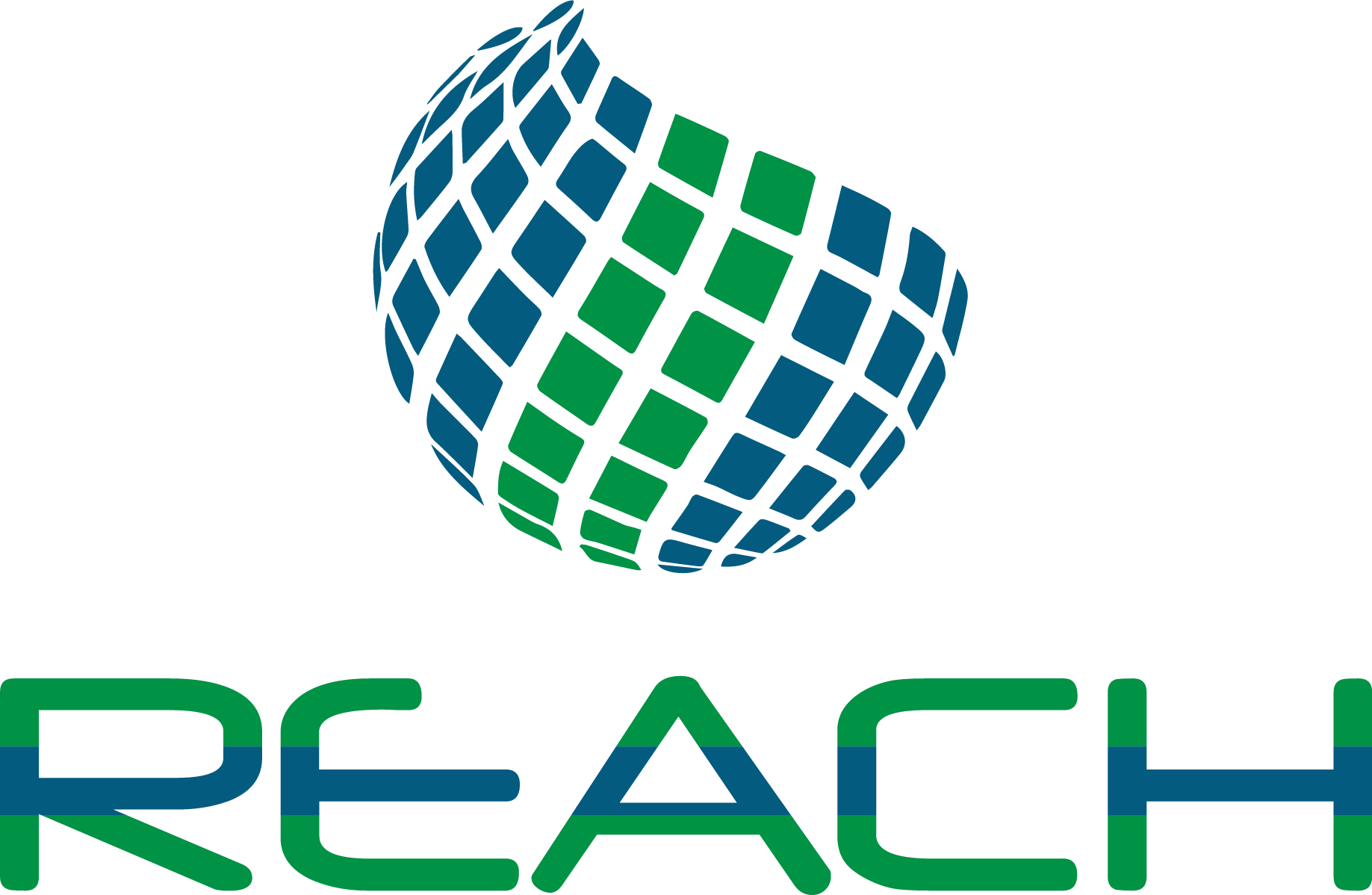
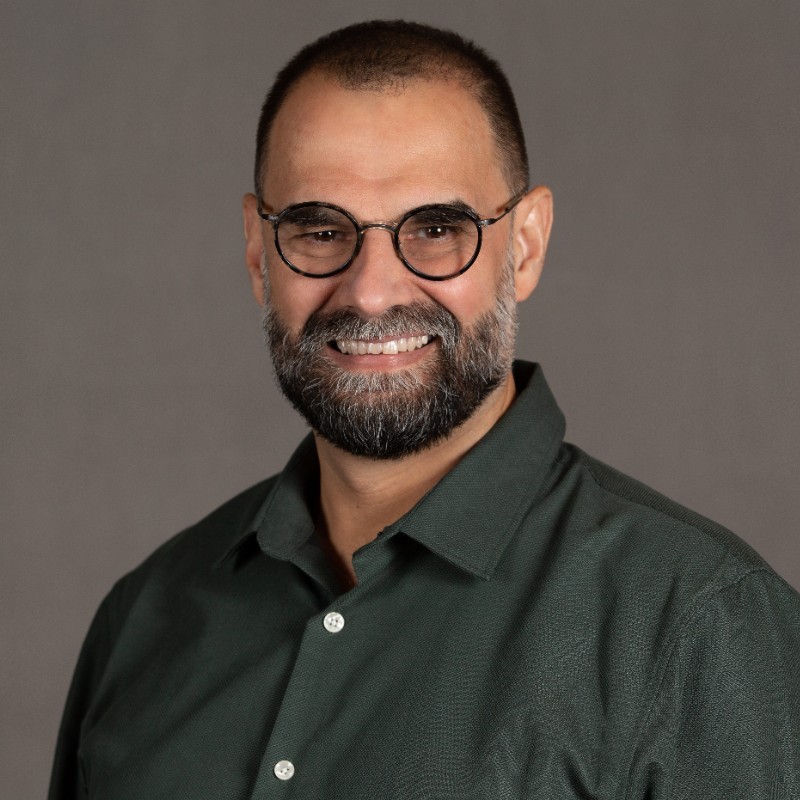
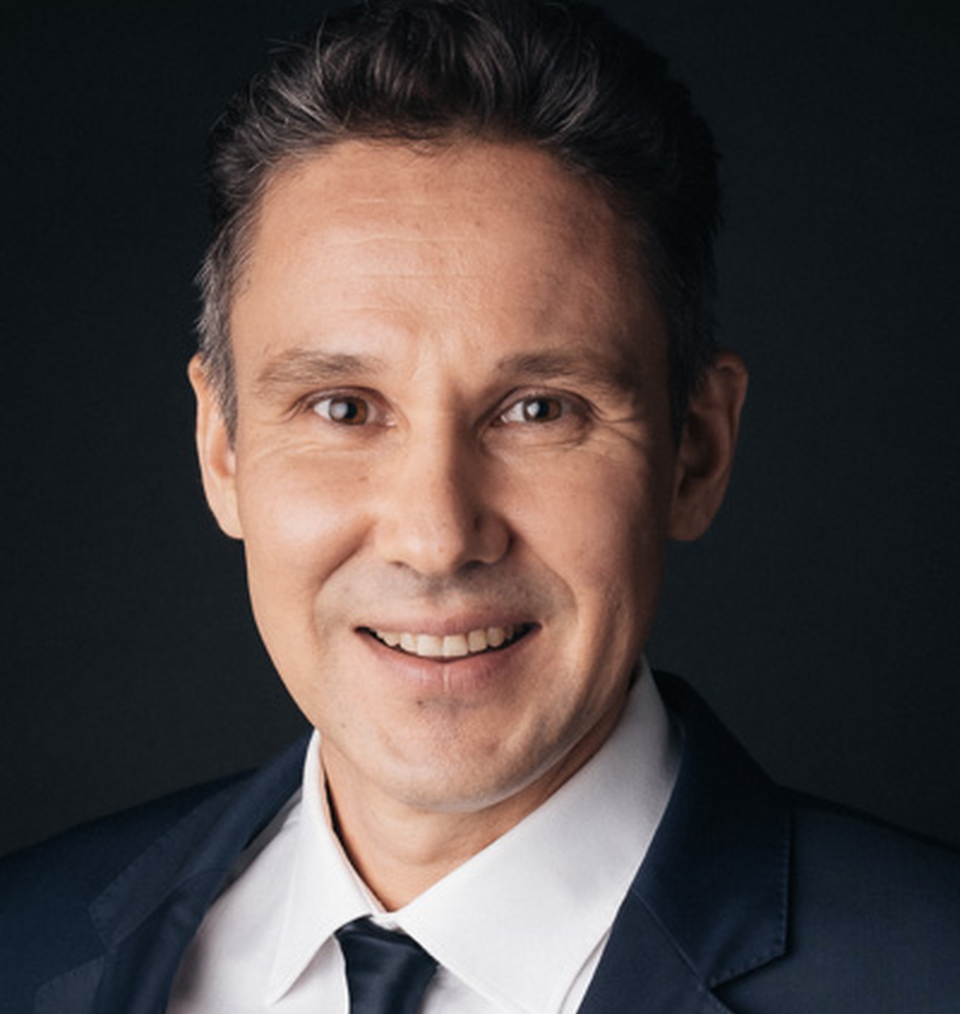



As AI and high-performance workloads become foundational to modern enterprises, GPU-as-a-Service (GPUaaS) is emerging as a critical layer in the digital infrastructure stack. But what does it take to deliver GPUaaS at scale—and who truly benefits from it?
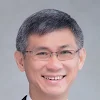

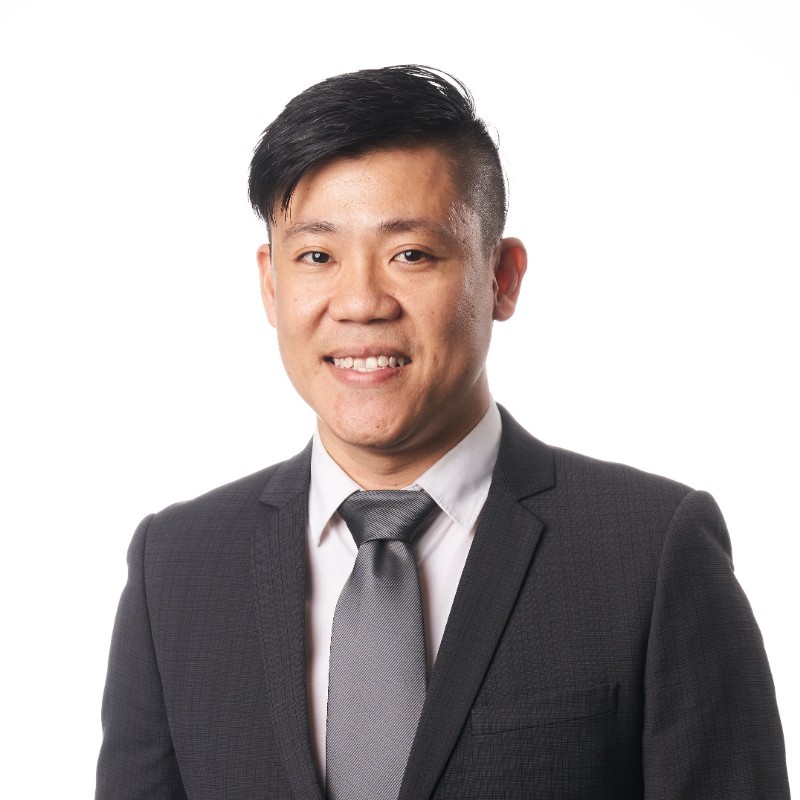
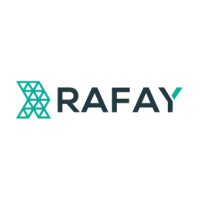


Join industry leaders for an intimate fireside discussion exploring South Korea’s booming data center market—from USD 5 billion in 2024 to nearly USD 10 billion by 2030 (CAGR ~12%)
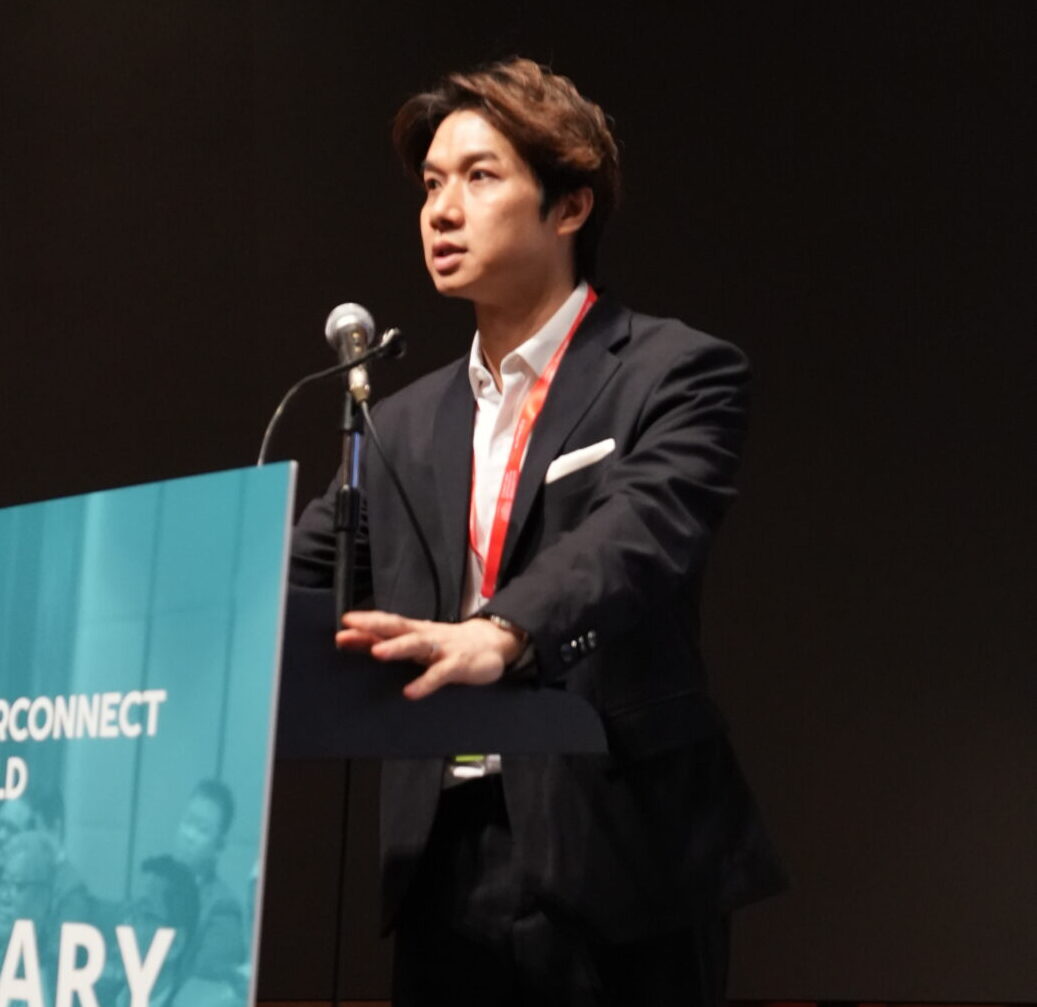







Japan is experiencing a new wave of data center investment, driven by cloud expansion, AI infrastructure demands, and its strategic role as a Northeast Asia interconnection hub. But rapid growth hasn’t come without friction. This panel examines the forces accelerating Japan’s digital infrastructure buildout—and the structural, regulatory, and operational challenges that could slow it down.




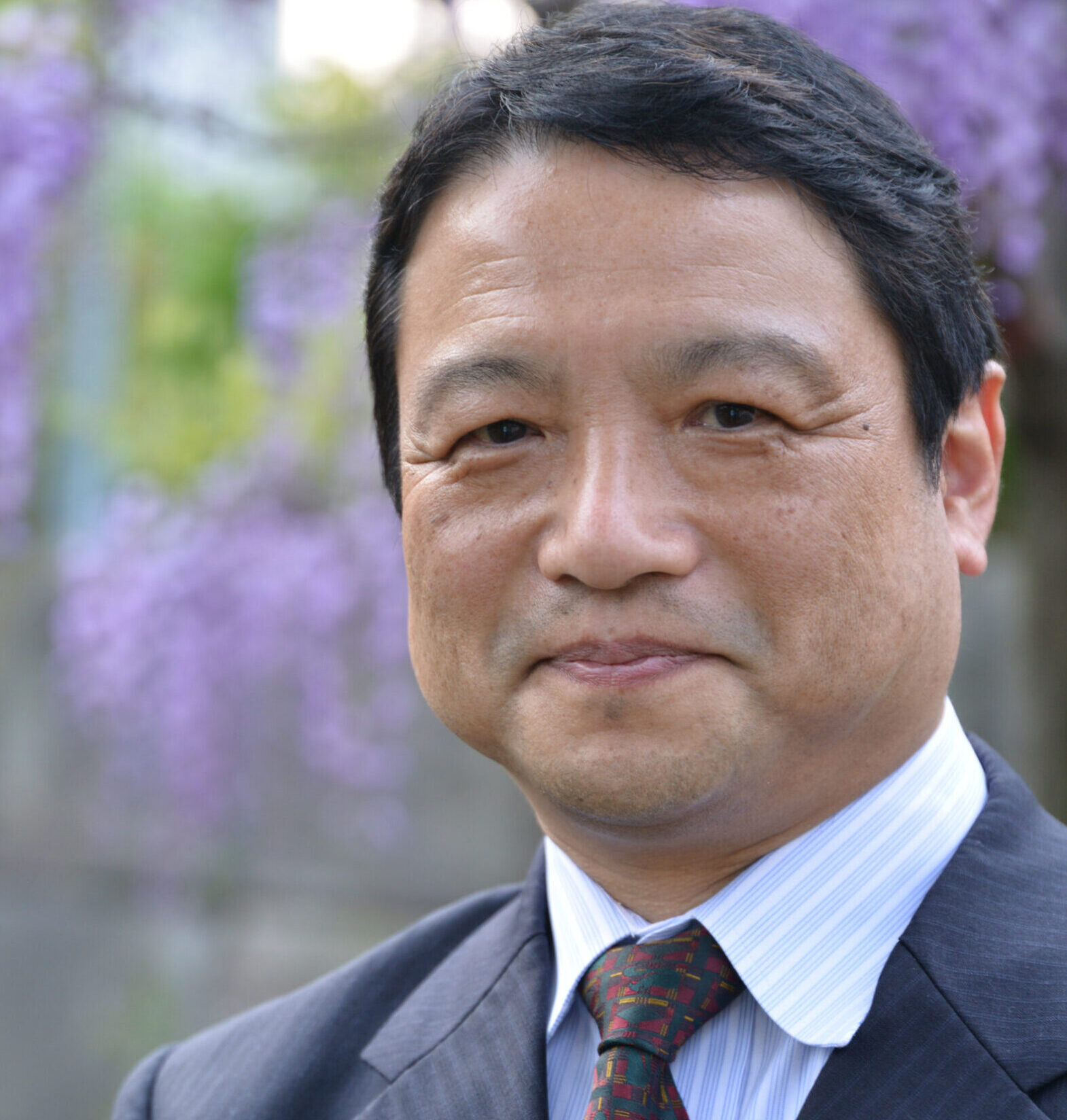

The evolution of data centers has gone beyond server technology to encompass sophisticated engineering innovations and strategic real estate decisions, including business operations. This panel examines how this evolution will influence future roles, skills, and opportunities within the industry.


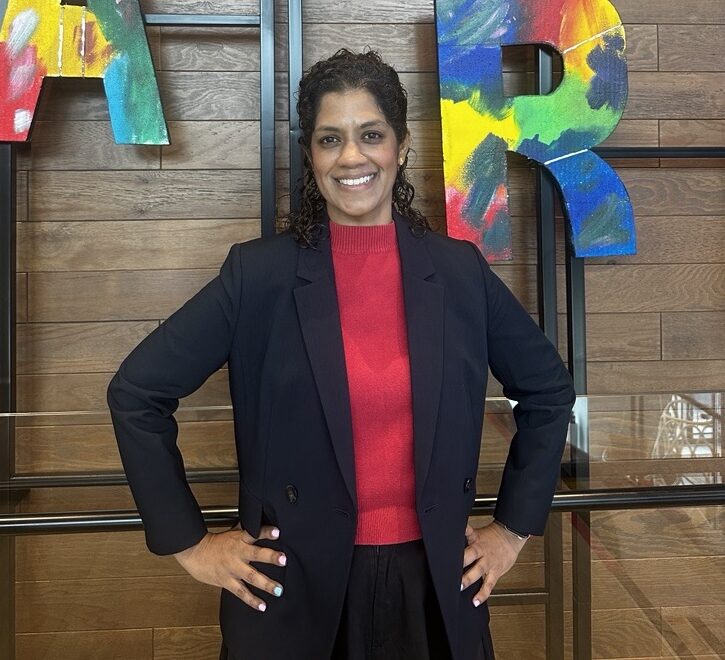





As Asia’s data center boom accelerates—from hyperscale builds to AI-ready campuses—the need for reliable, real-time intelligence has never been greater.
This panel explores the business of digital infrastructure intelligence. How are decisions around land acquisition, power procurement, and market entry being made today? What happens when the data is inconsistent—or missing altogether? And how can operators, investors, and governments build a shared foundation of ground truth?








With digital infrastructure demand surging across Asia, the competition for qualified data center professionals has intensified. From Singapore and Johor to Jakarta and Tokyo, employers face challenges around finding, attracting, and retaining the right talent—especially as roles become more specialized and workloads more complex.
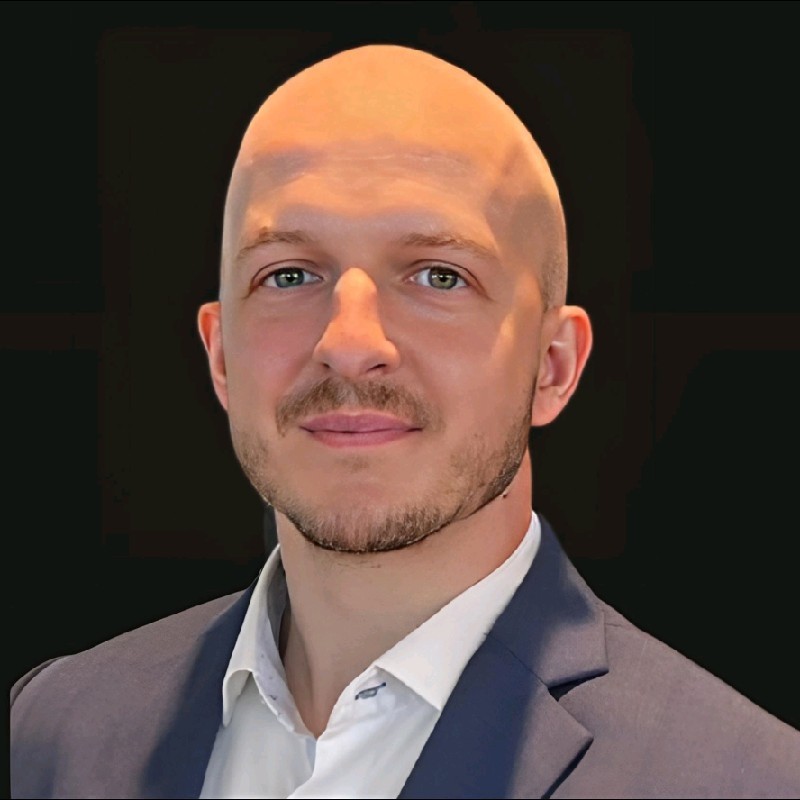


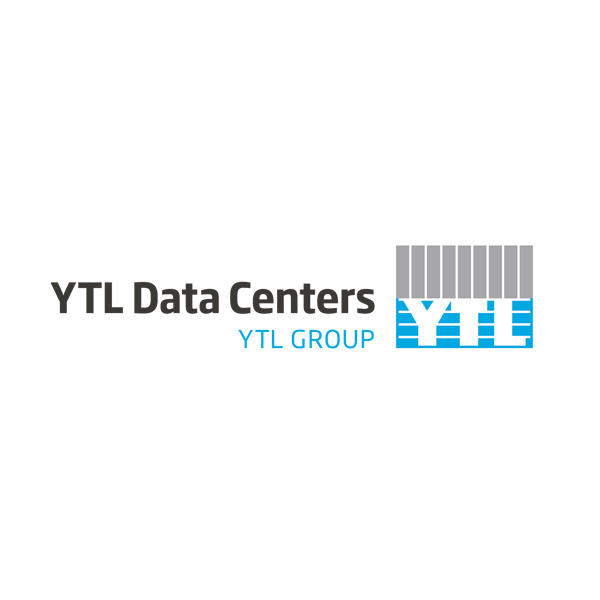

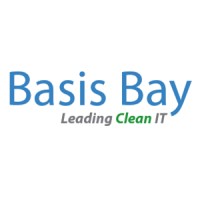
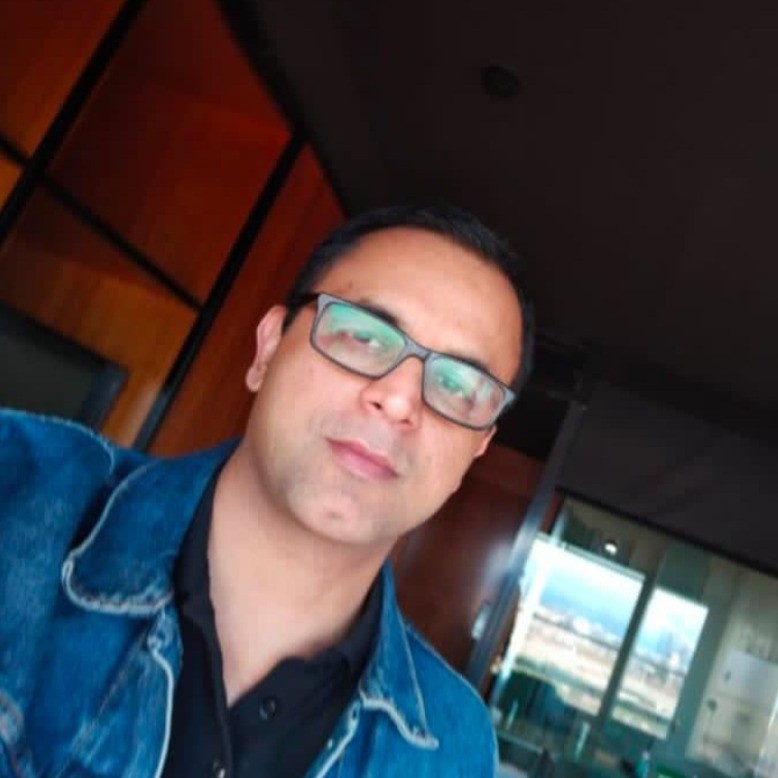


Please head to the registration area and bring the registration confirmation email with QR code which was sent to your email address. Badges will be printed on-site at the technology event.